Historias: El Paso Black History
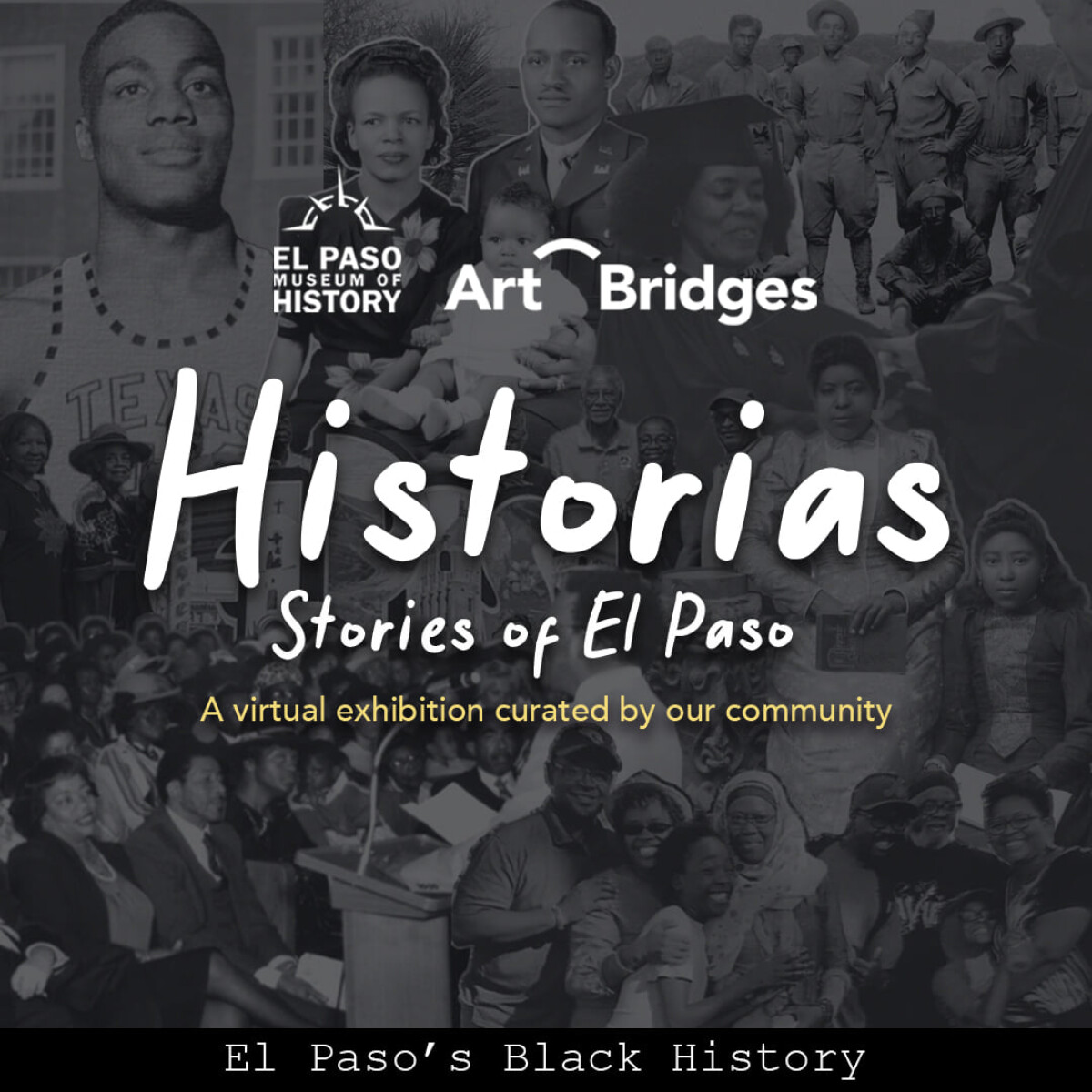
Historias: El Paso Black History
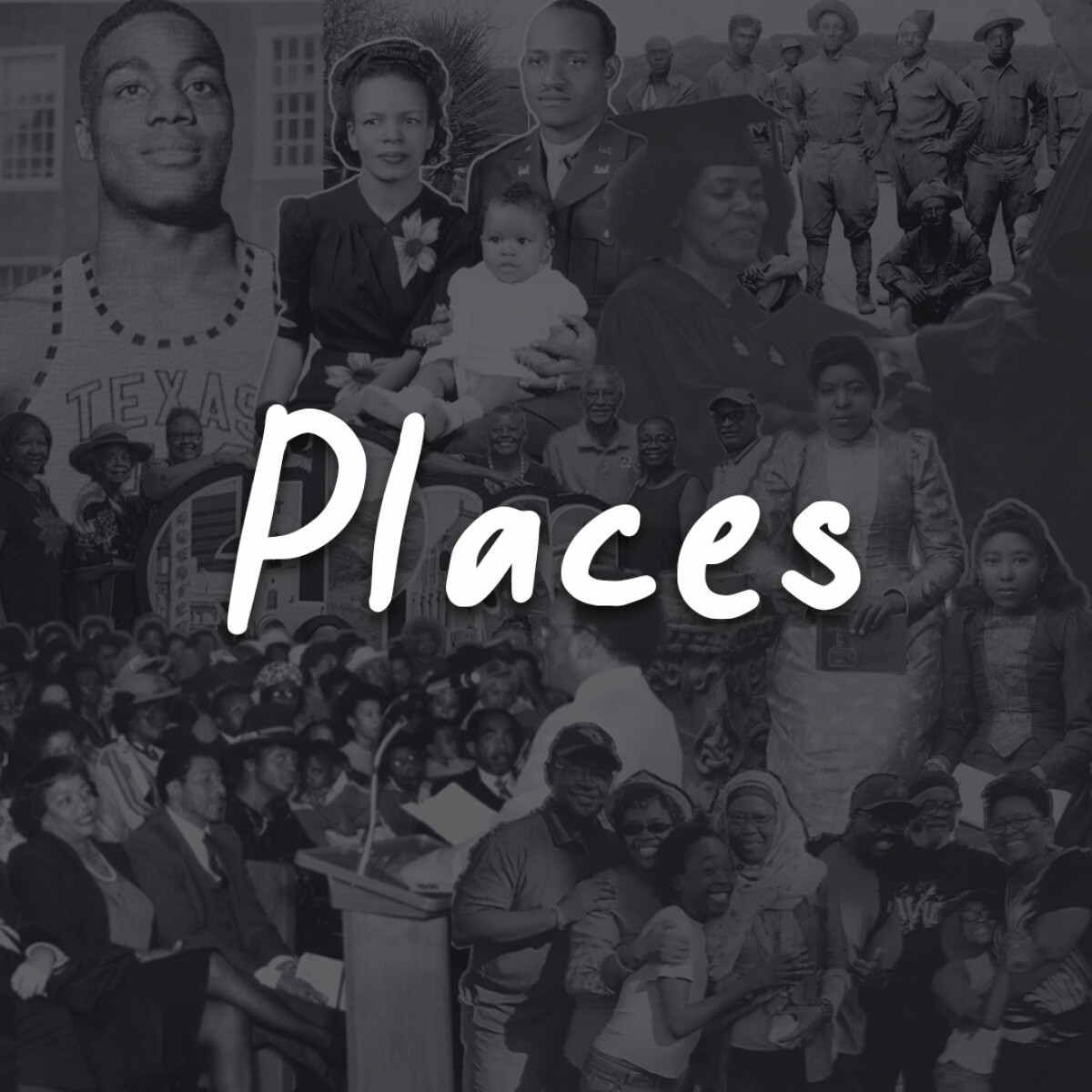
Historias: El Paso Black History
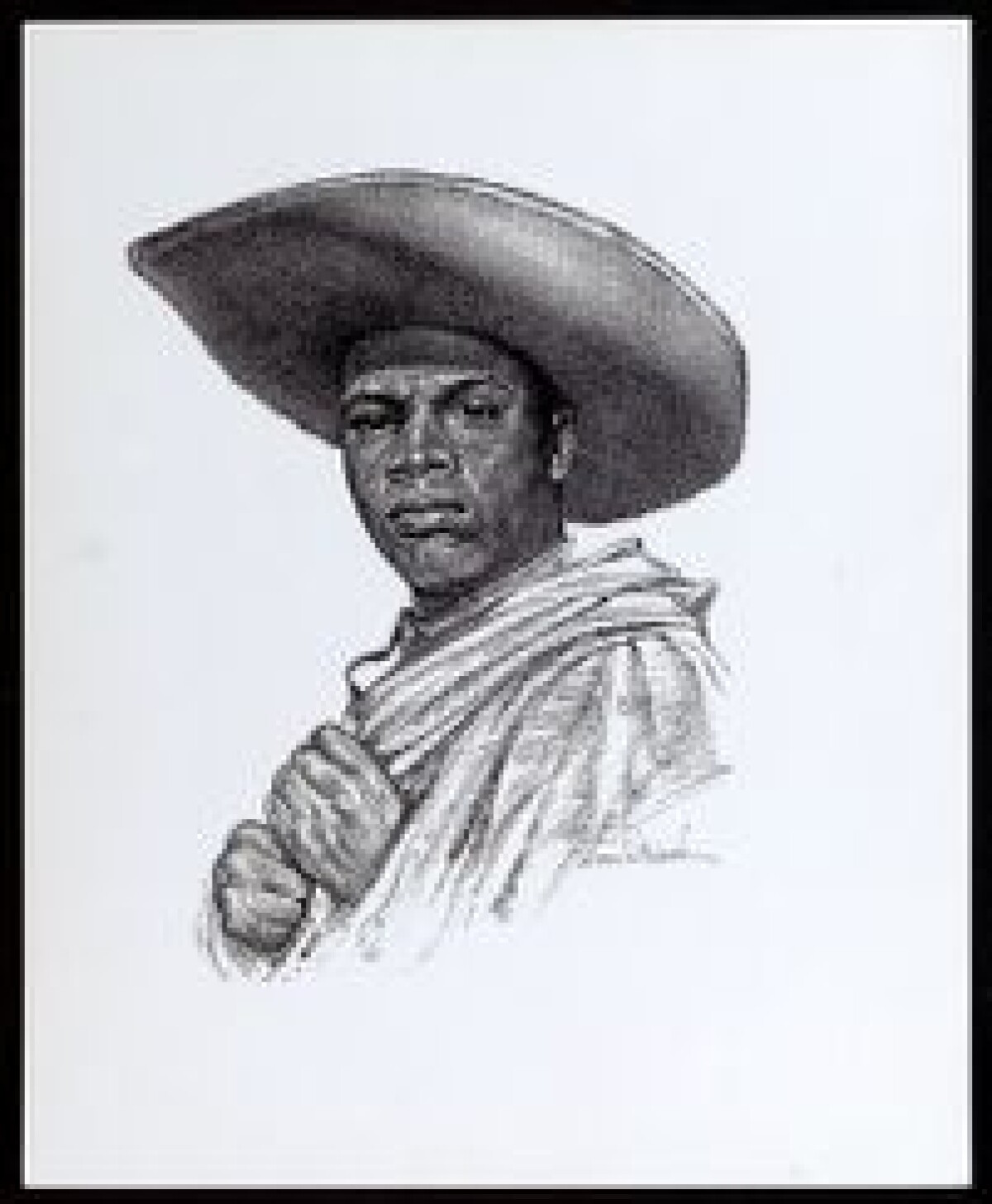
Historias: El Paso Black History
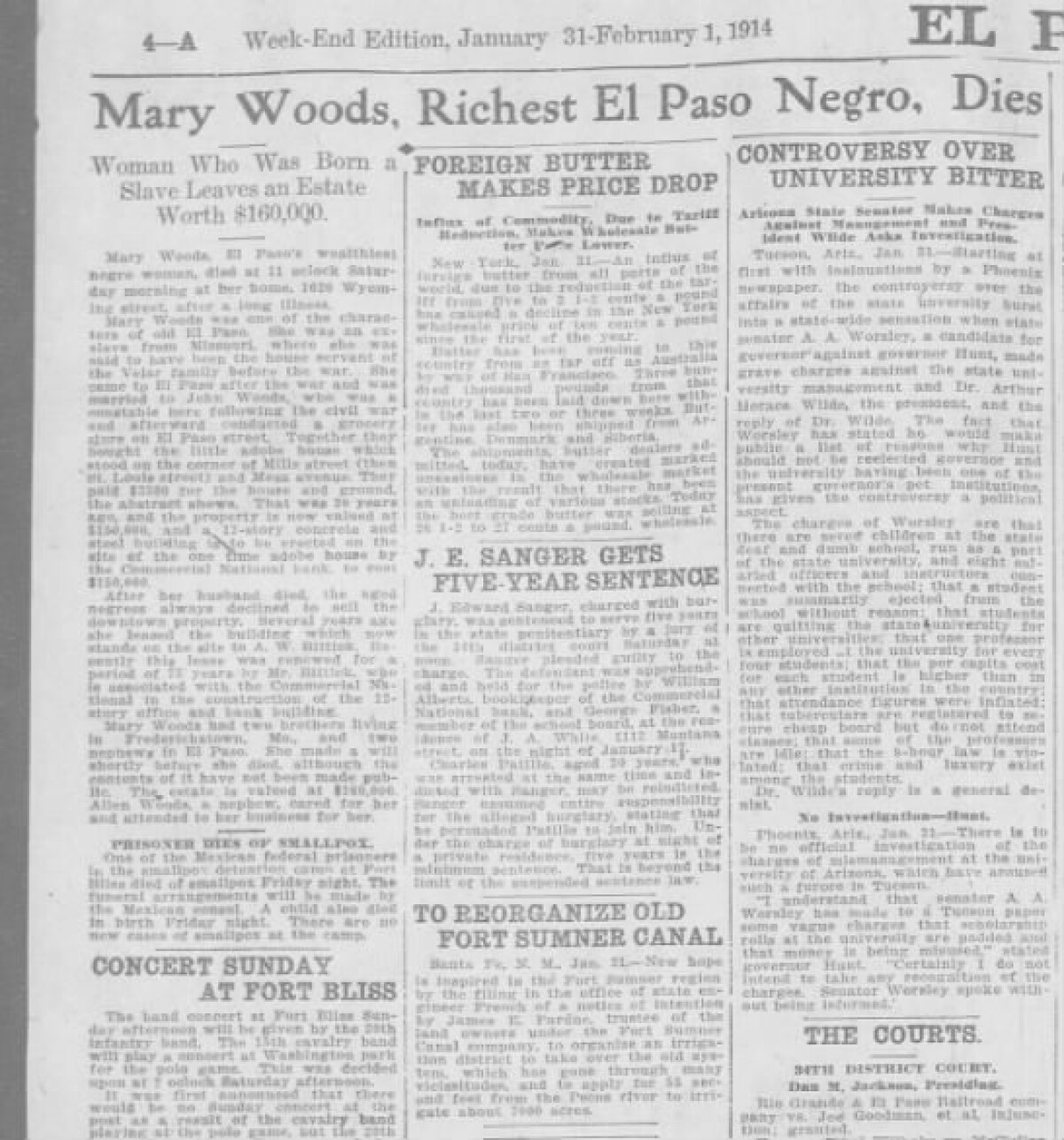
Historias: El Paso Black History
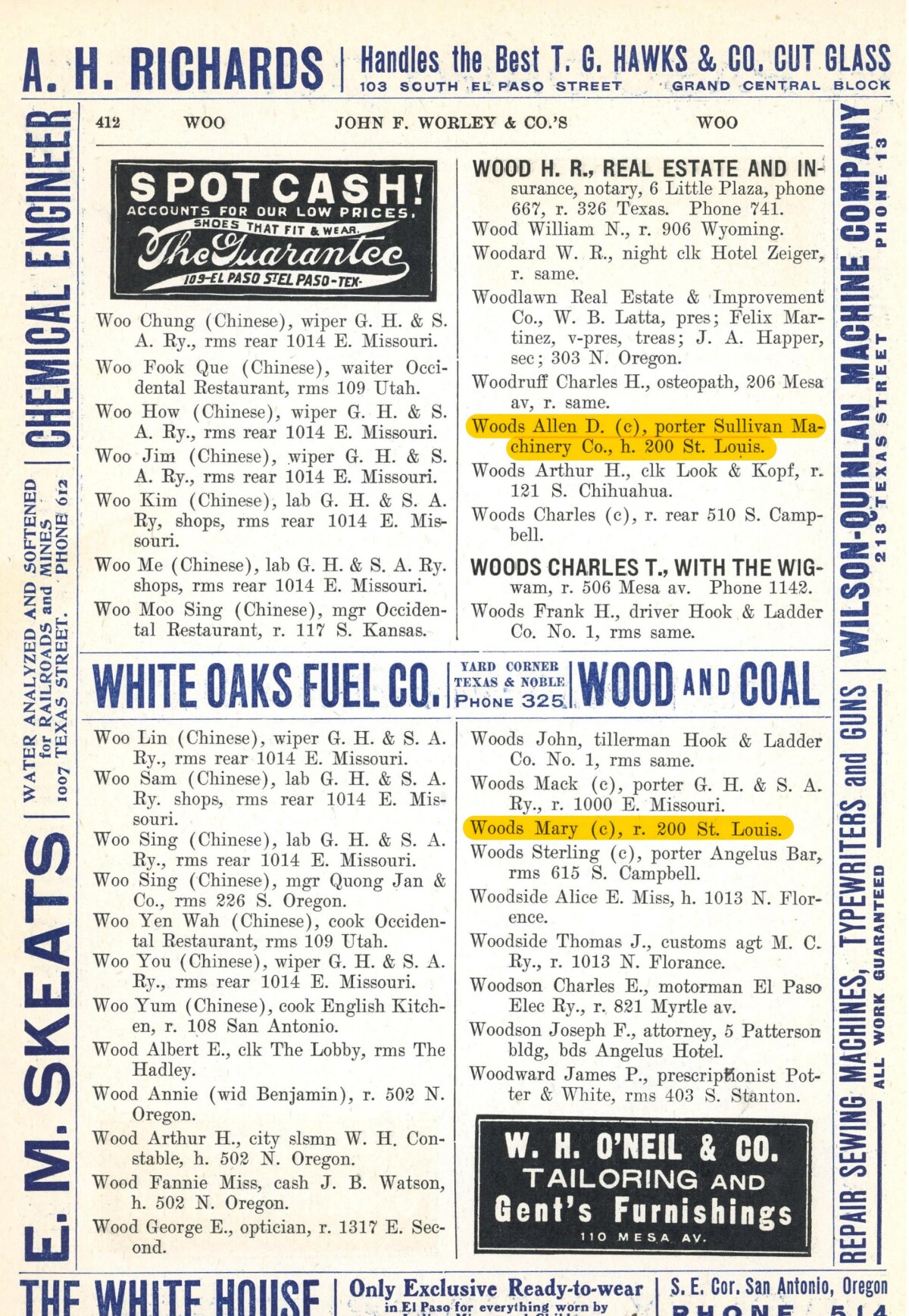
Historias: El Paso Black History
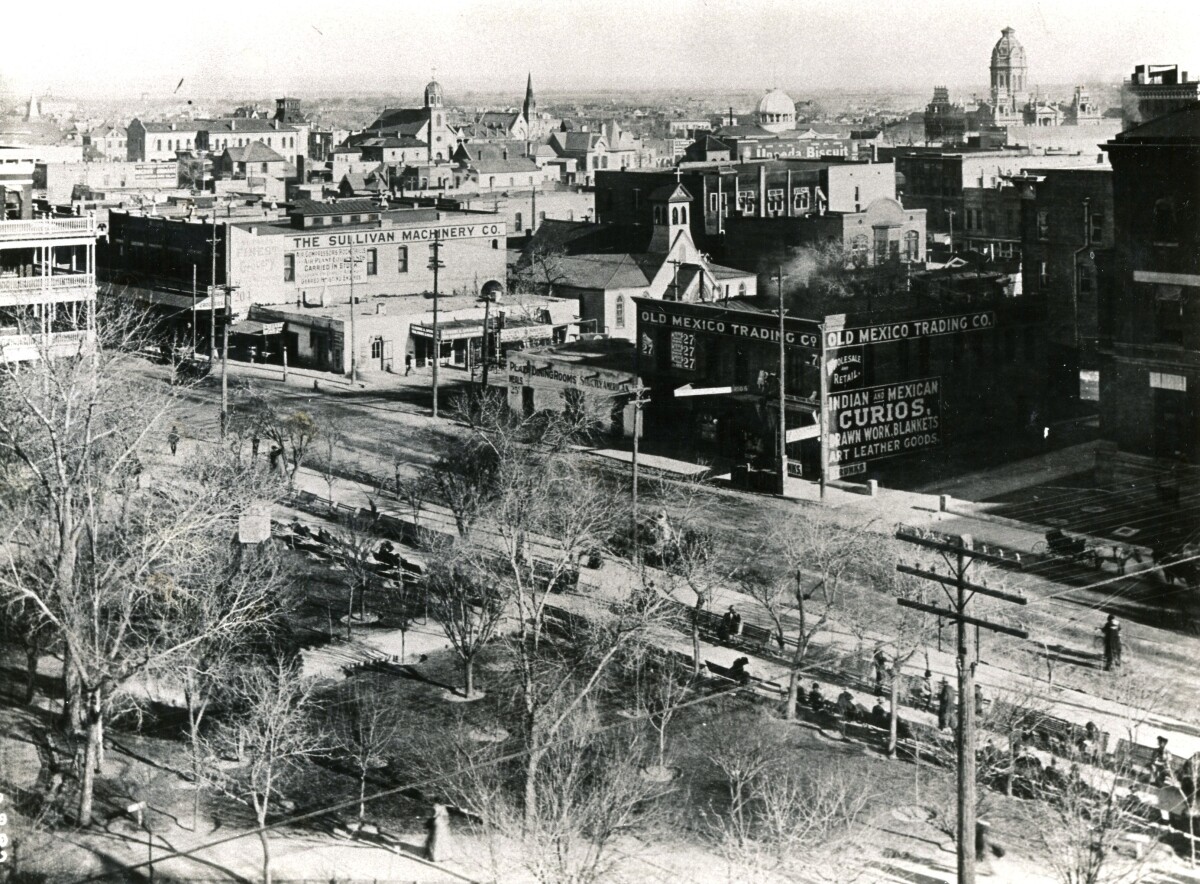
Historias: El Paso Black History
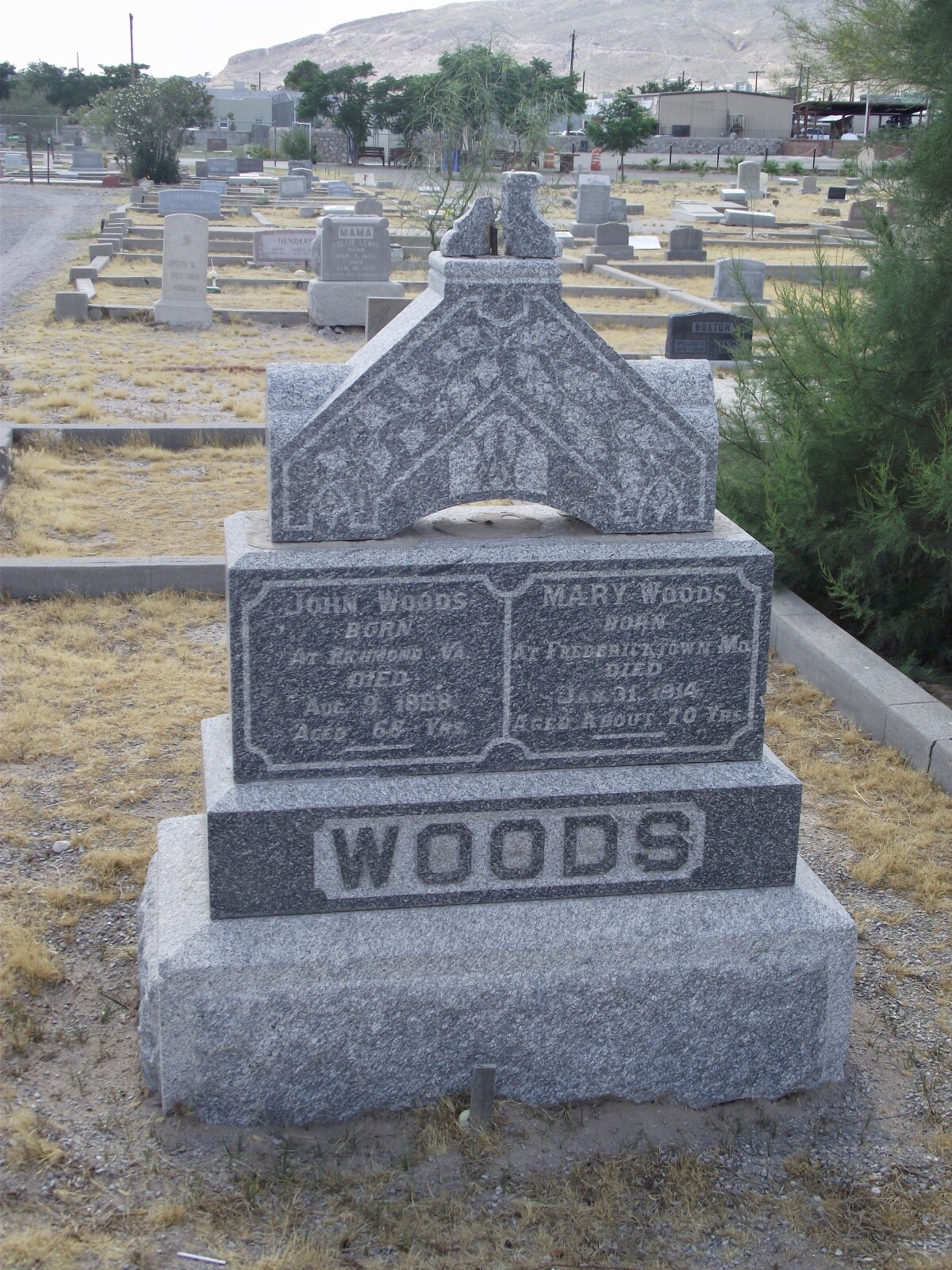
Historias: El Paso Black History
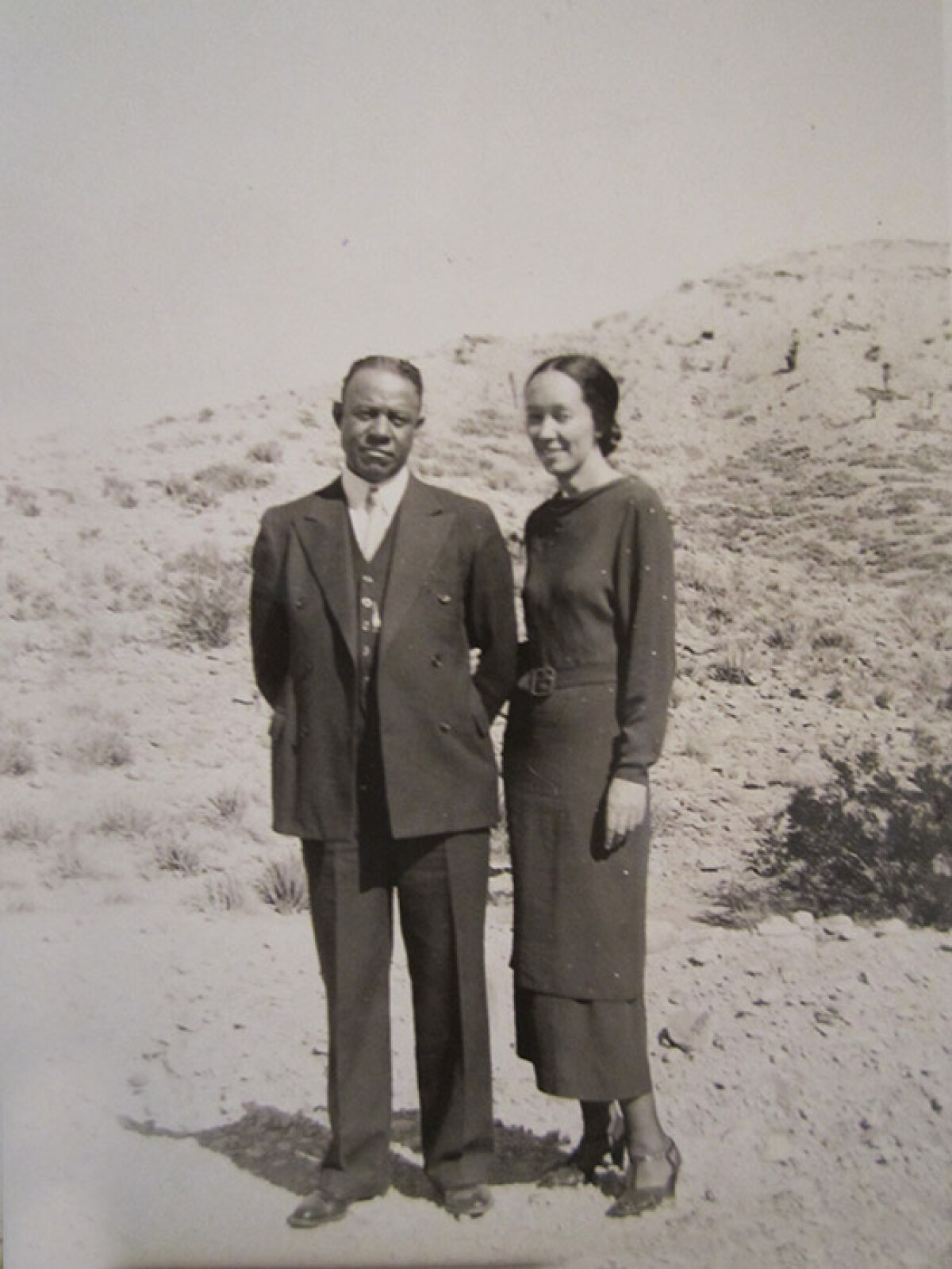
Historias: El Paso Black History
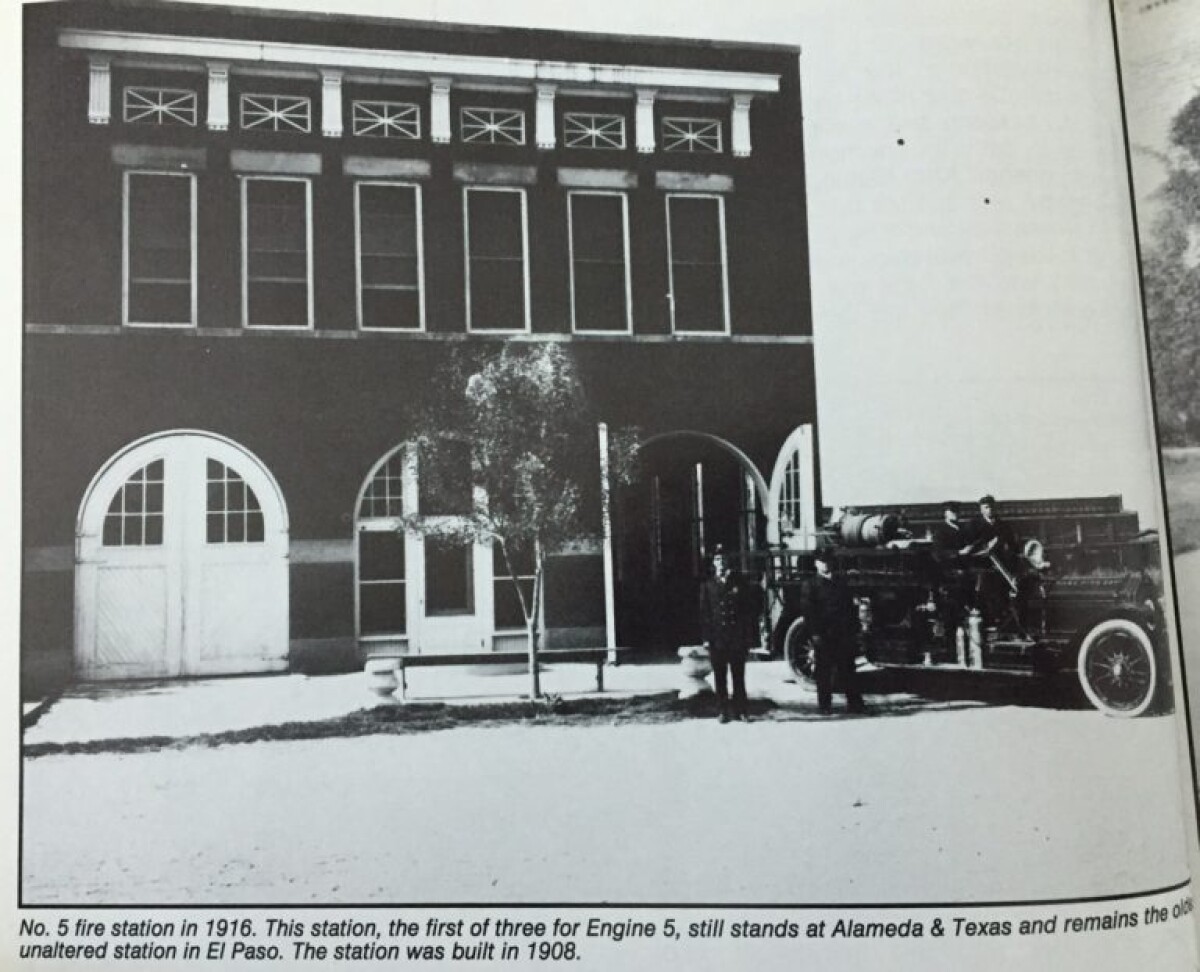
Historias: El Paso Black History
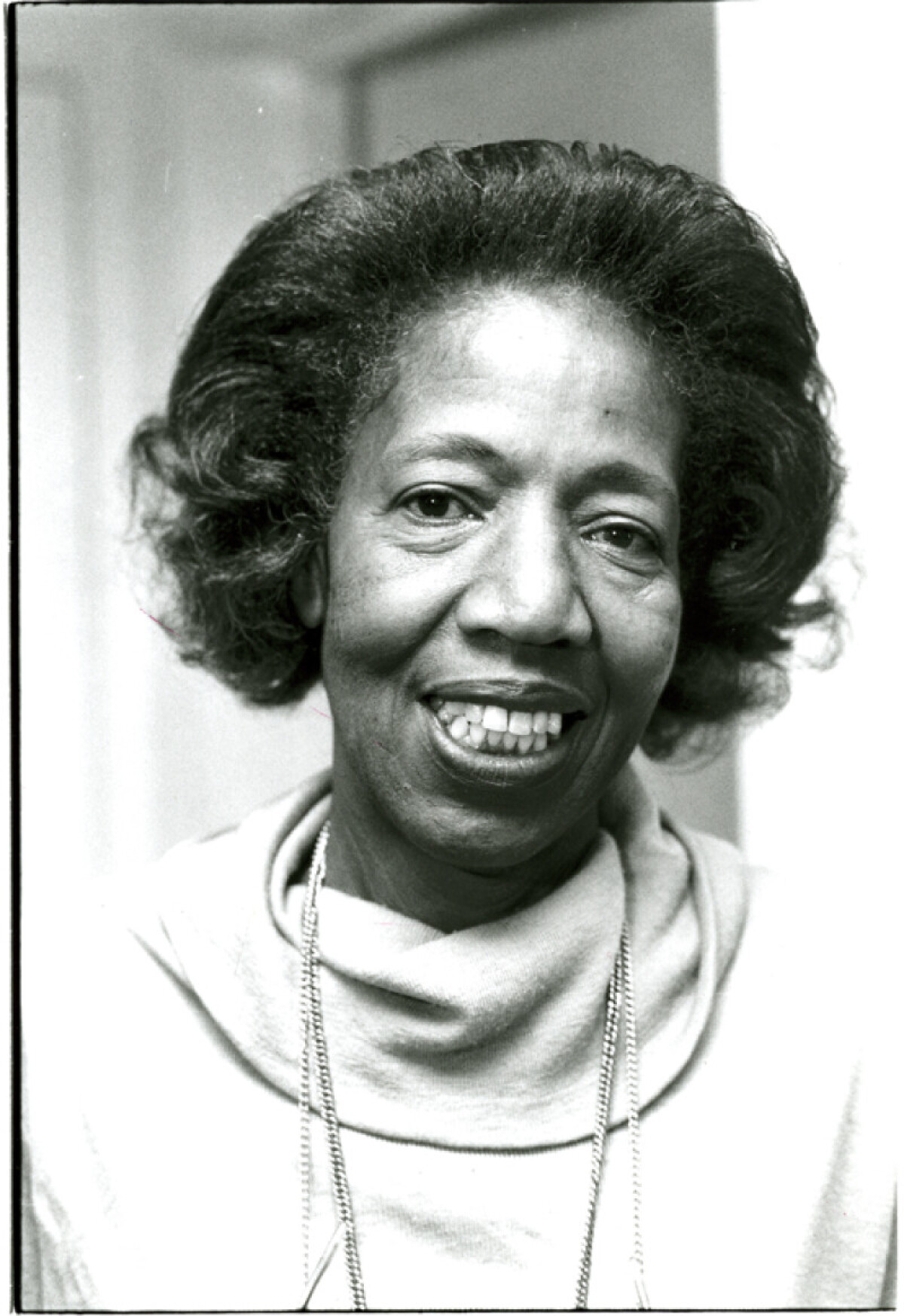
Historias: El Paso Black History
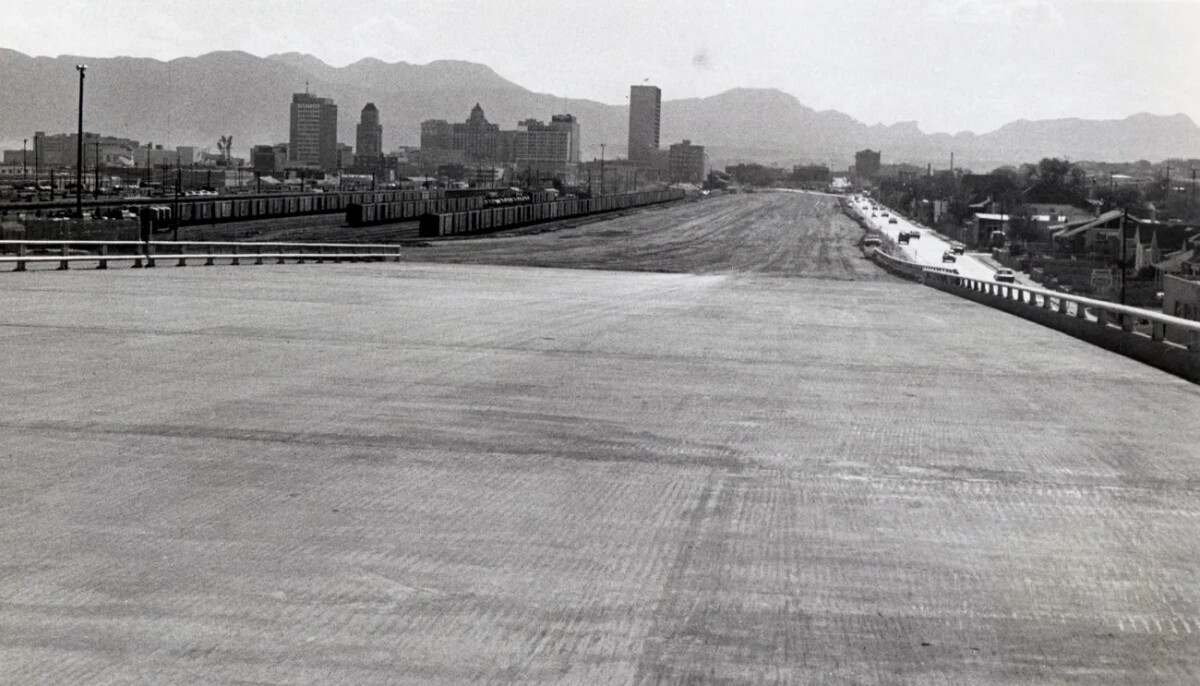
Historias: El Paso Black History
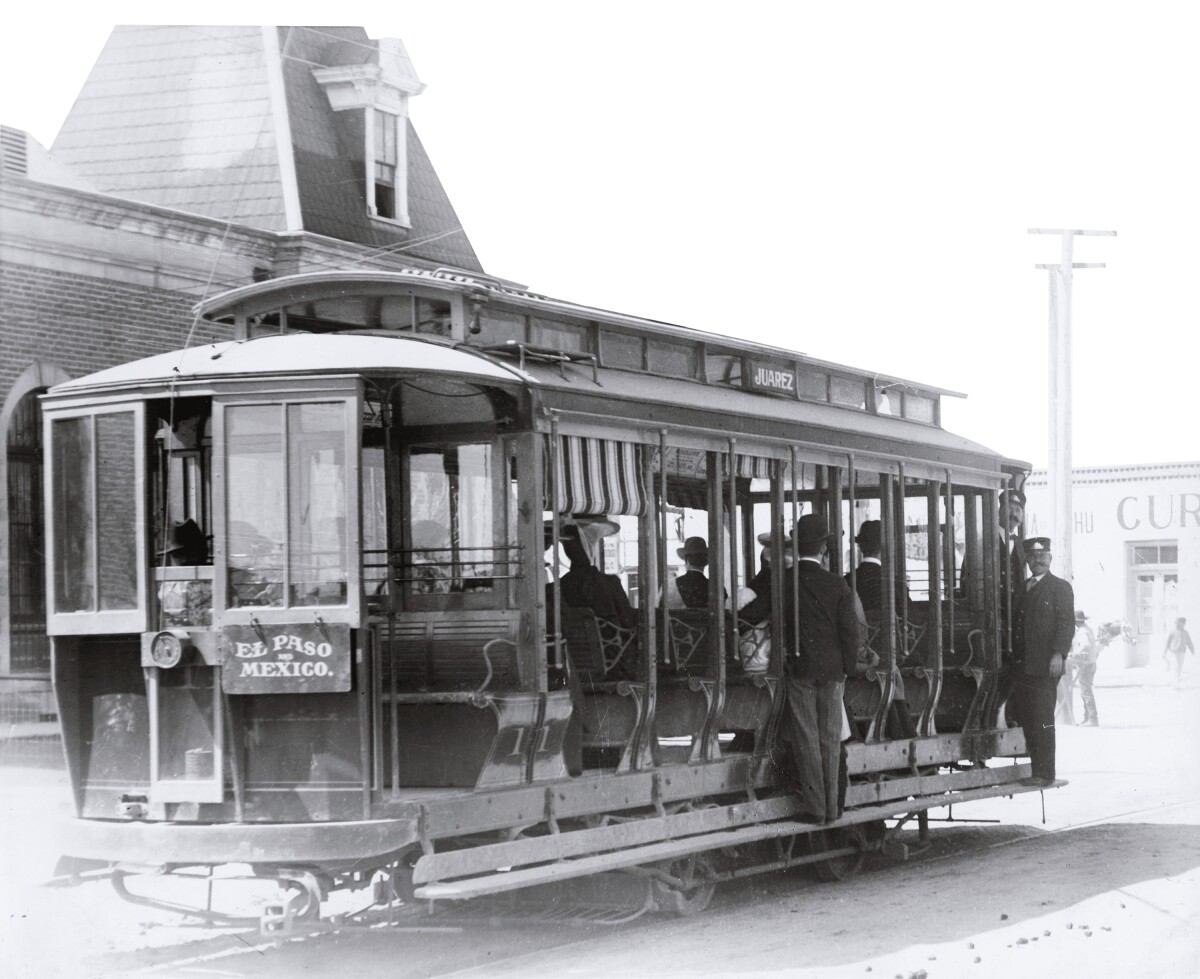
Historias: El Paso Black History
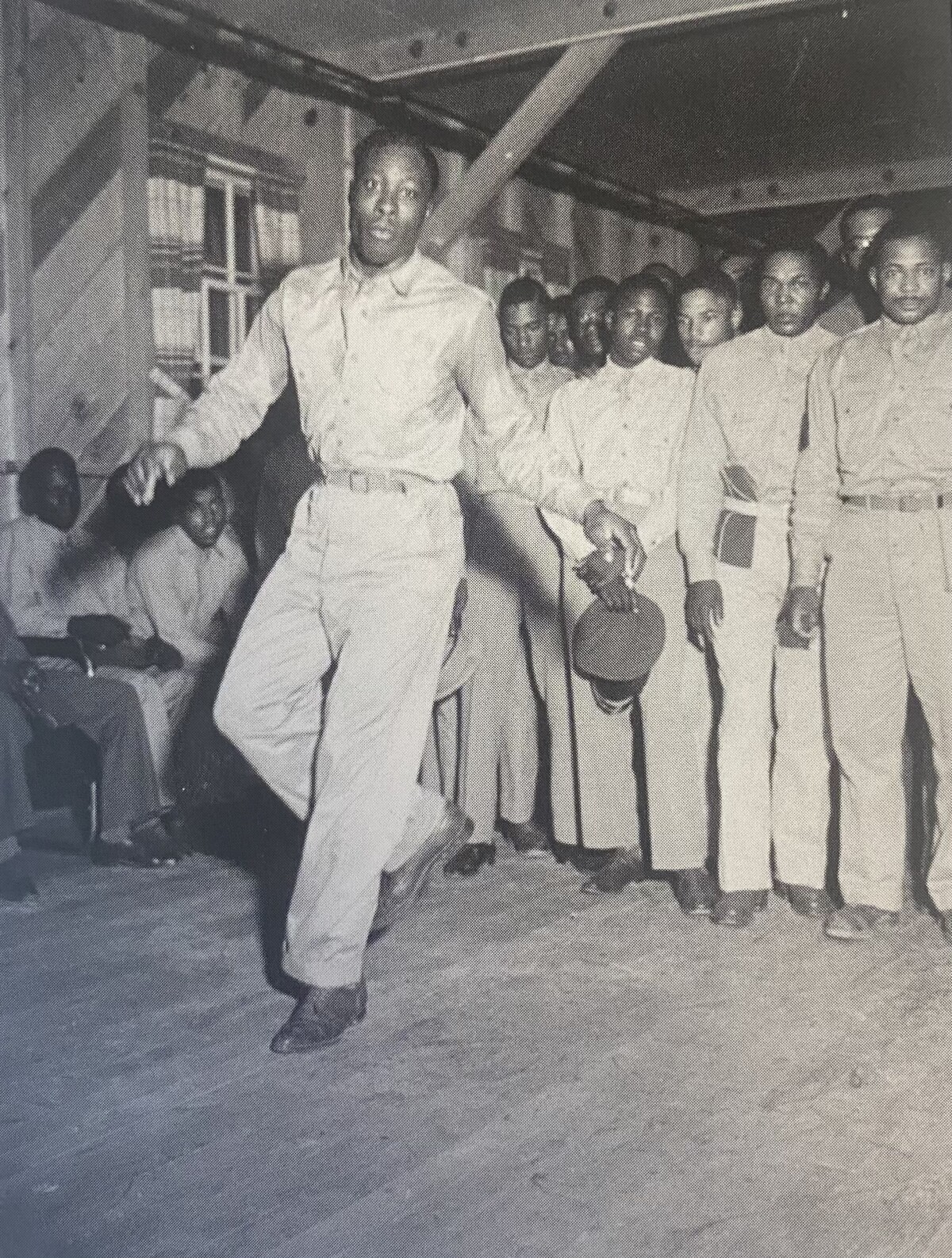
Historias: El Paso Black History
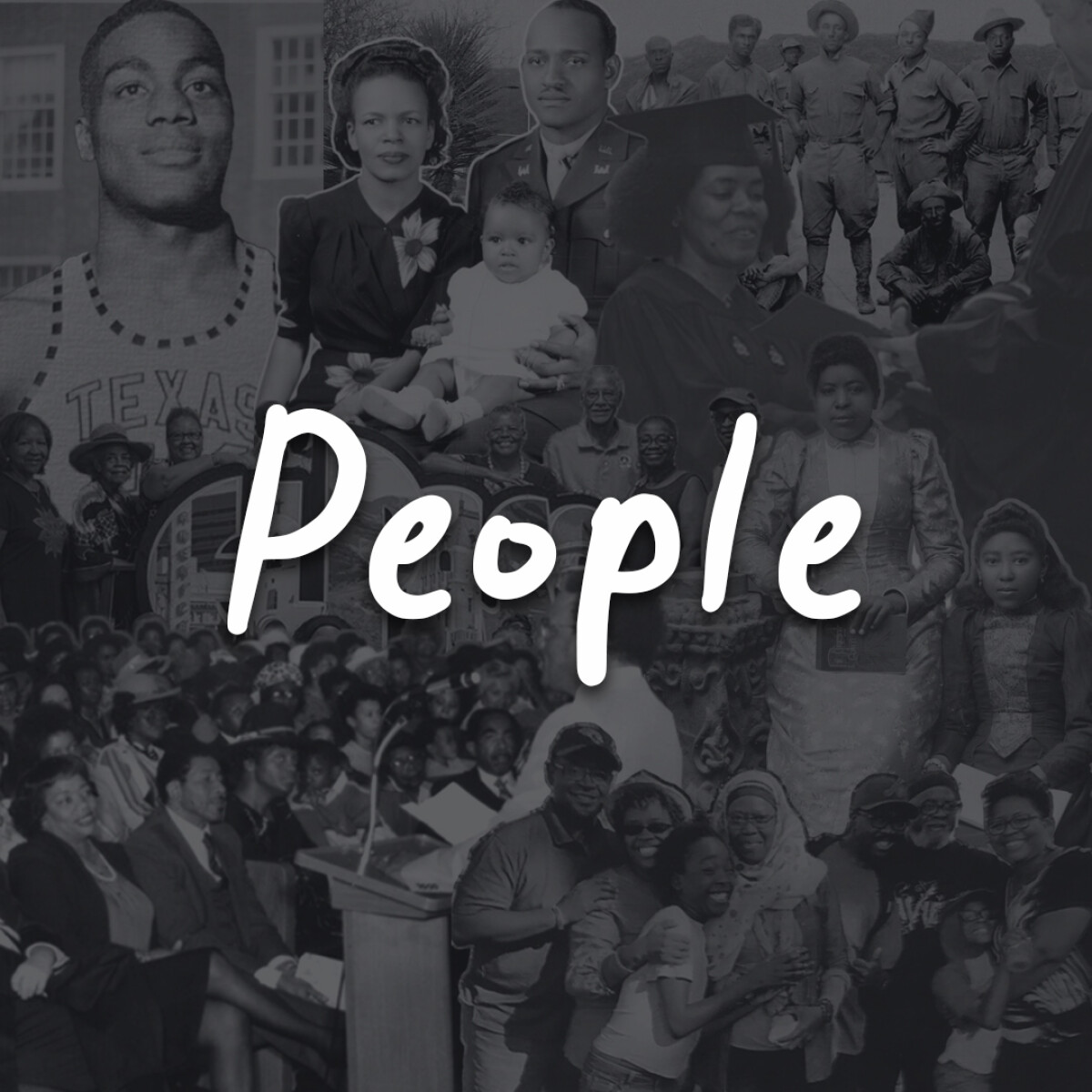
Historias: El Paso Black History
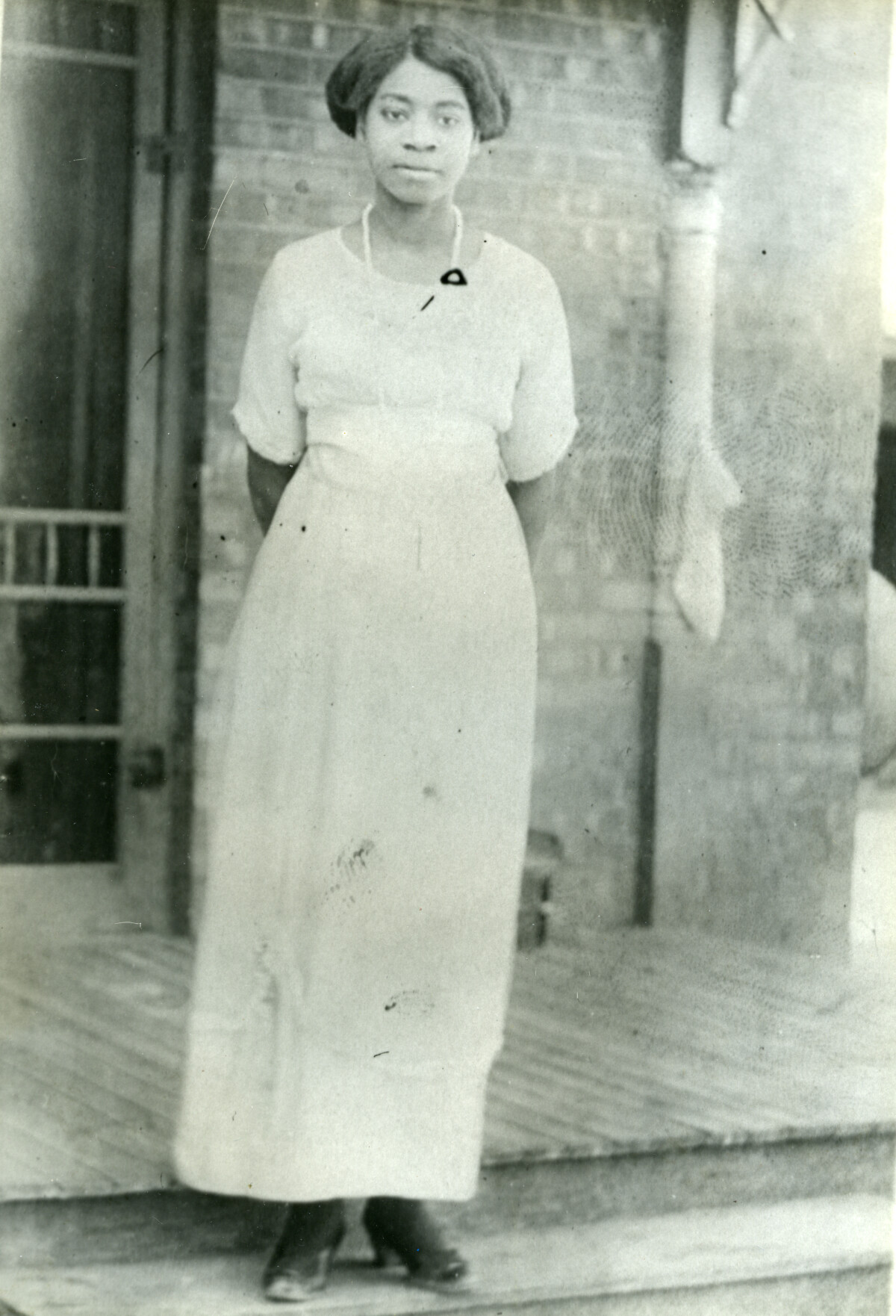
Historias: El Paso Black History
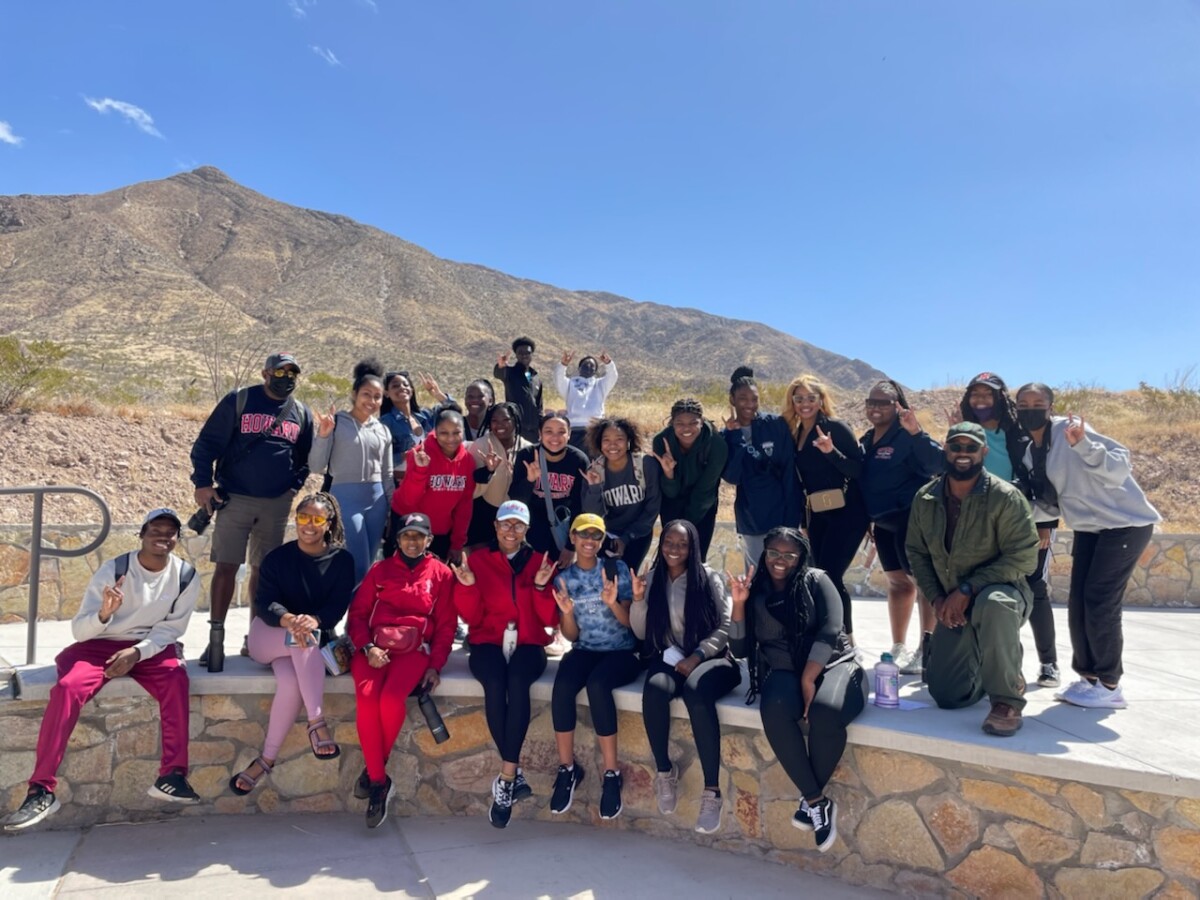
Historias: El Paso Black History
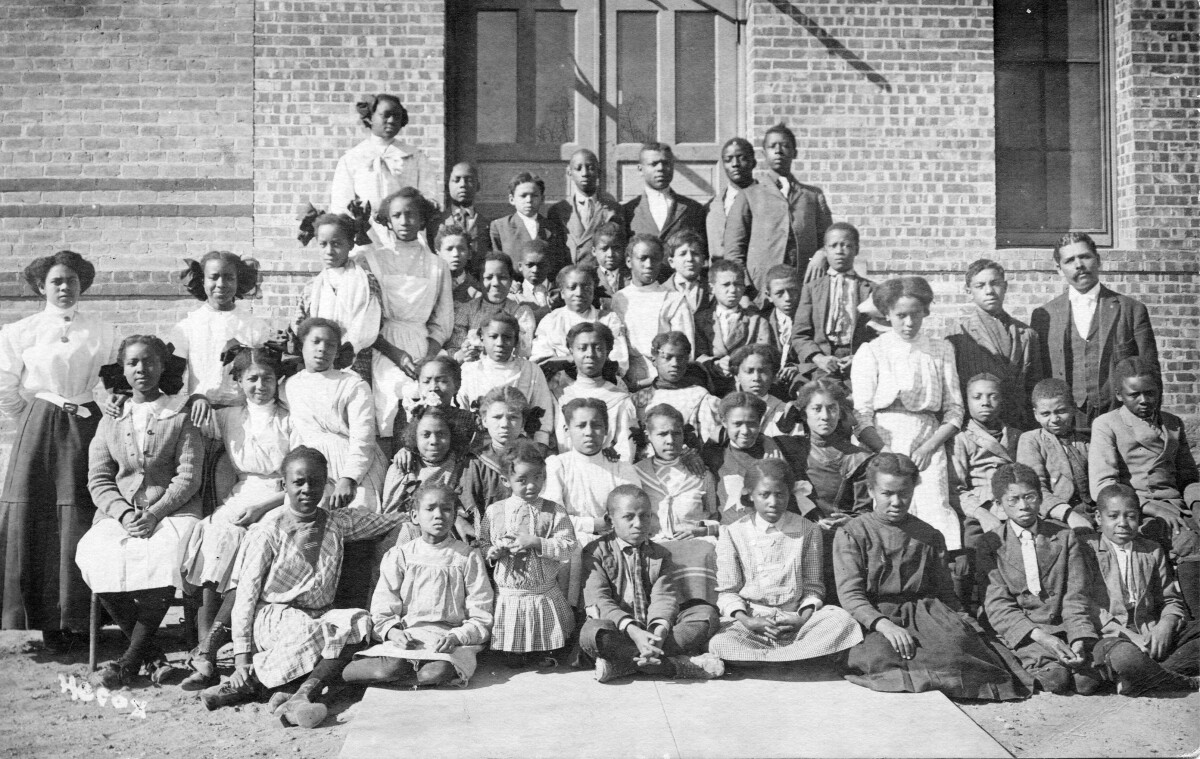
Historias: El Paso Black History

Historias: El Paso Black History
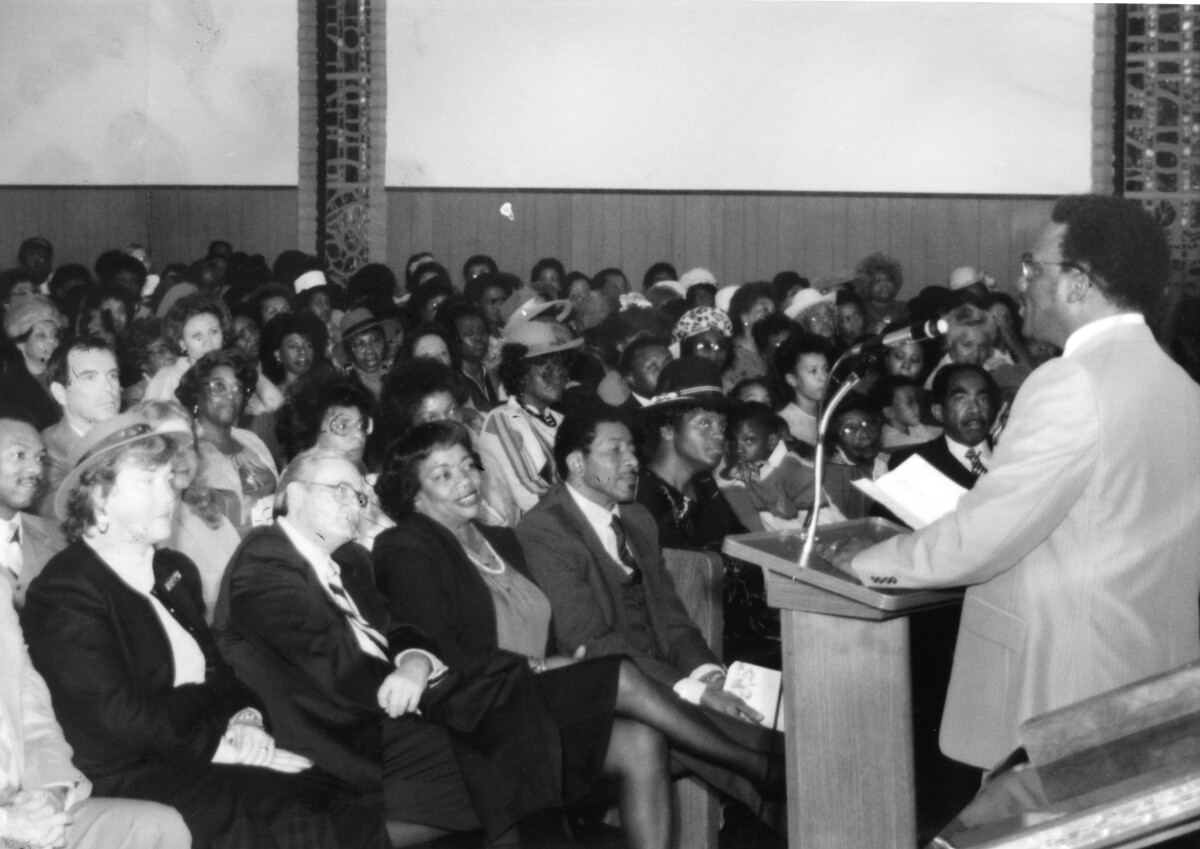
Historias: El Paso Black History
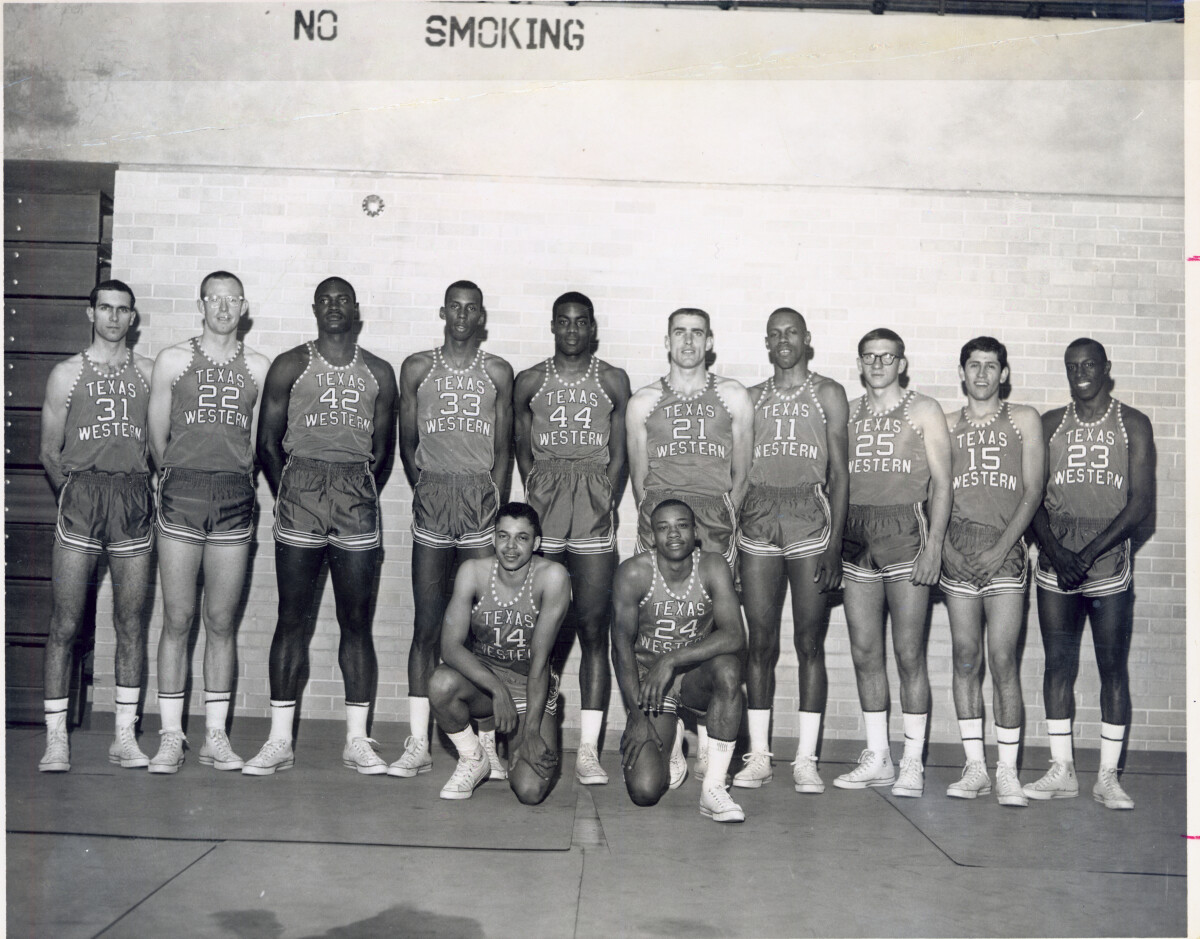
Historias: El Paso Black History
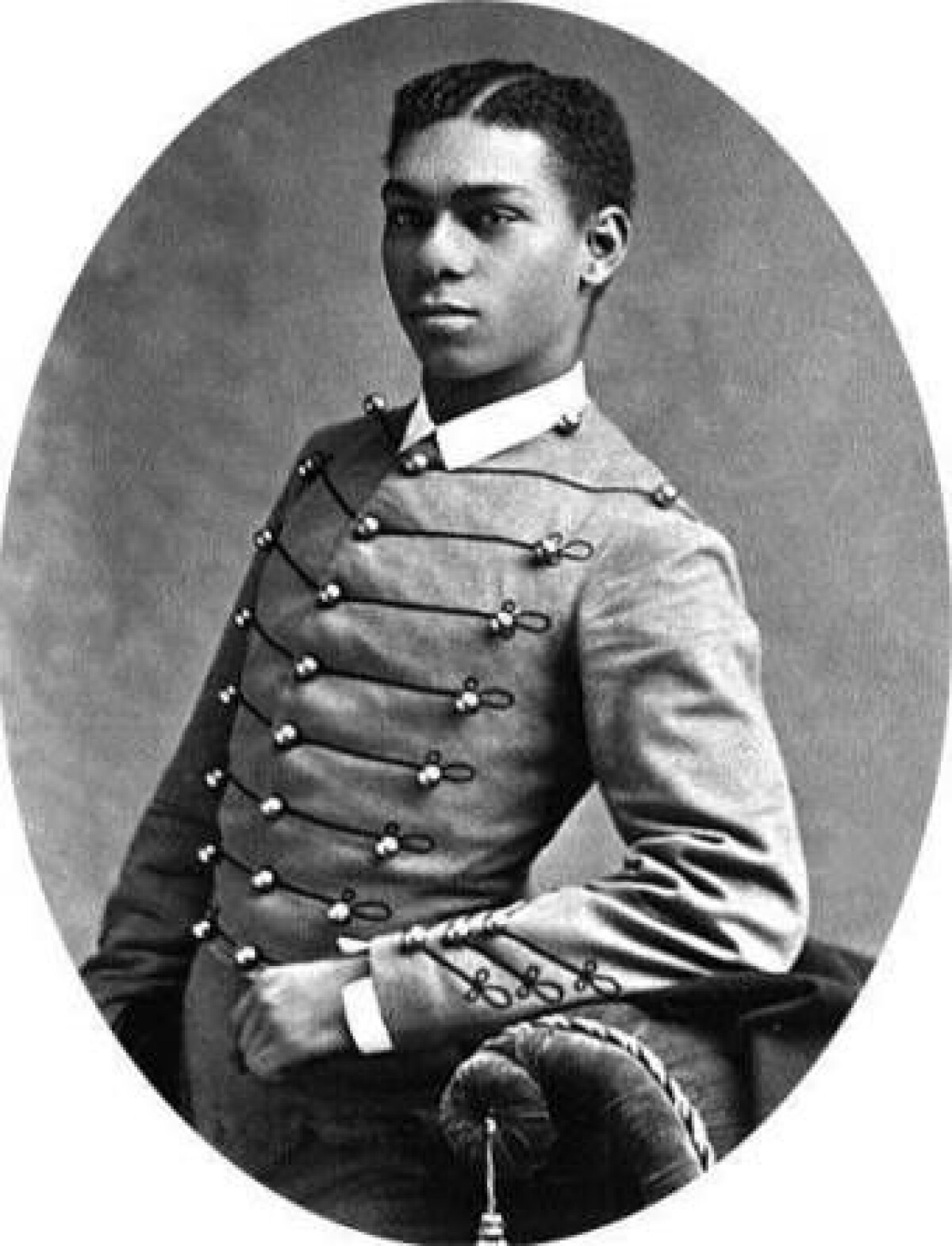
Historias: El Paso Black History
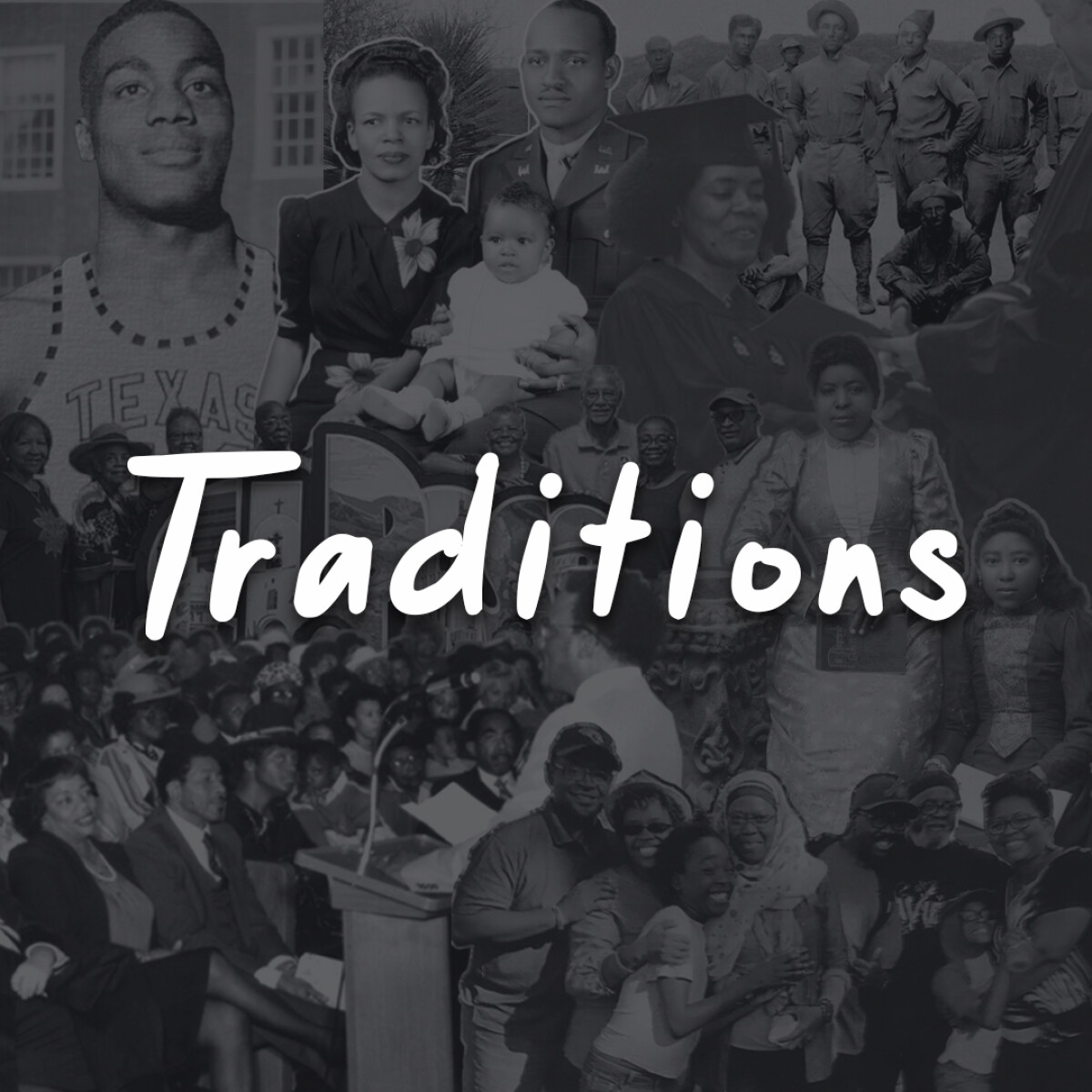
Historias: El Paso Black History
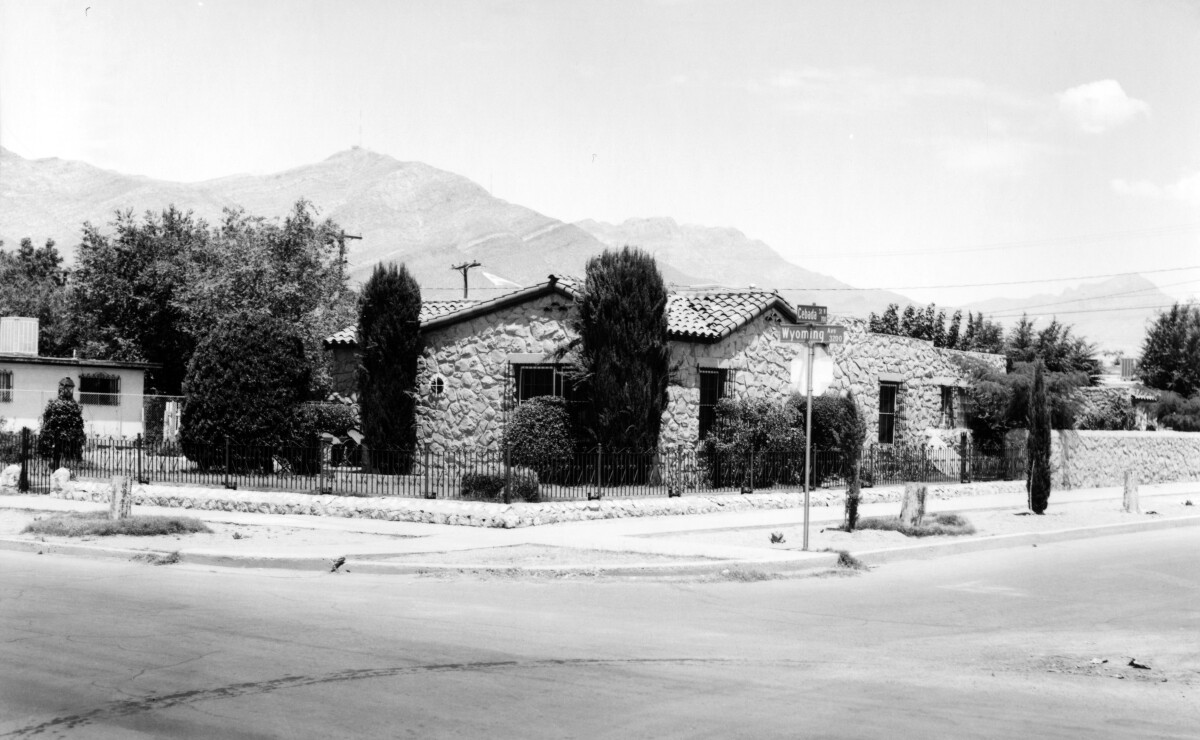
Historias: El Paso Black History
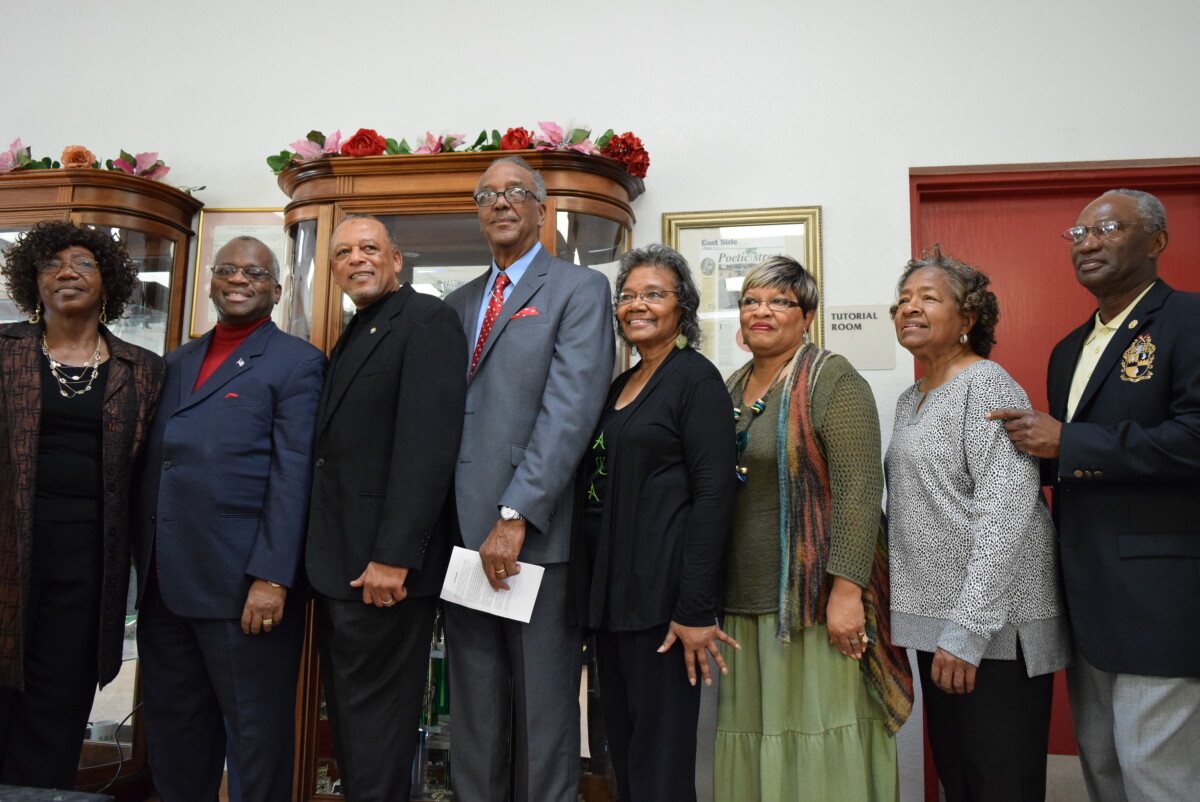
Historias: El Paso Black History
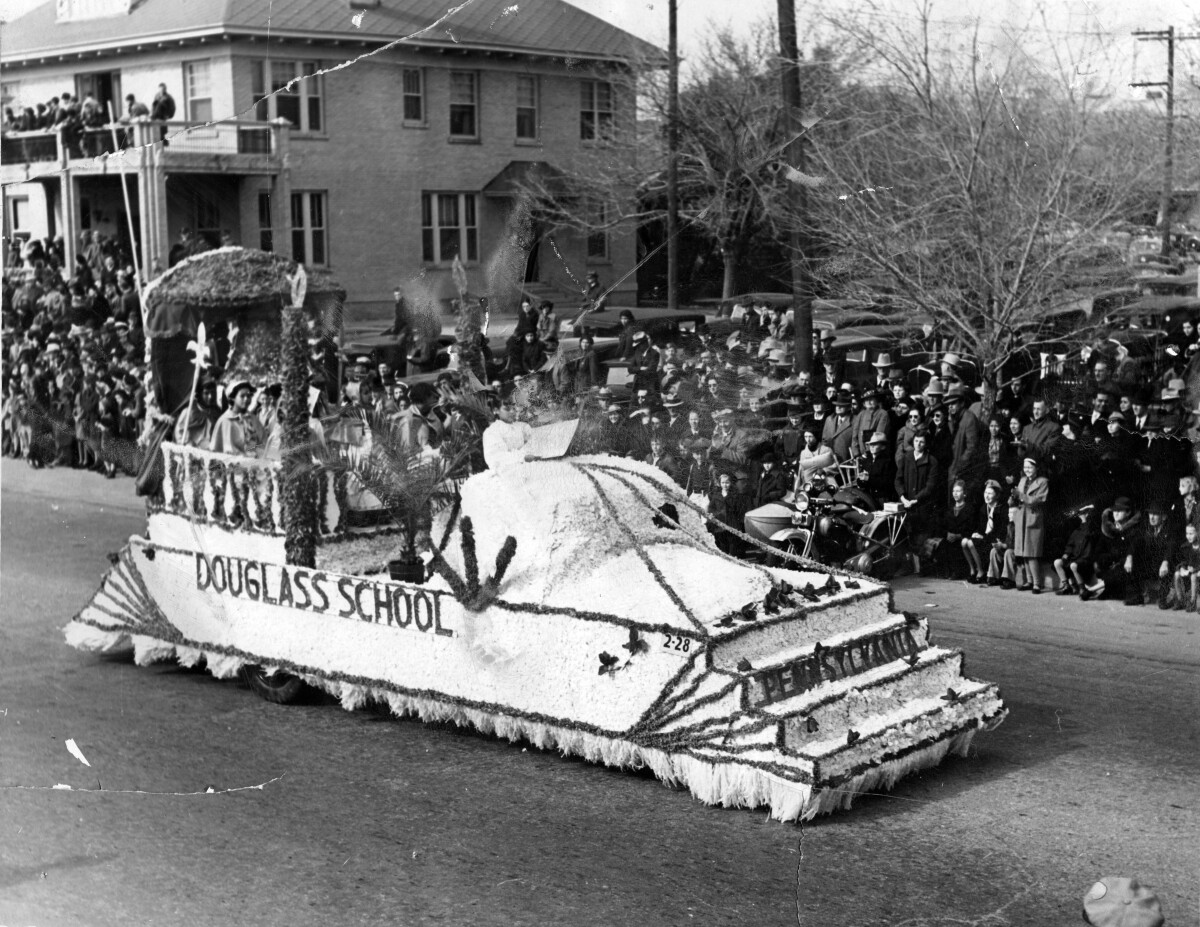
Historias: El Paso Black History
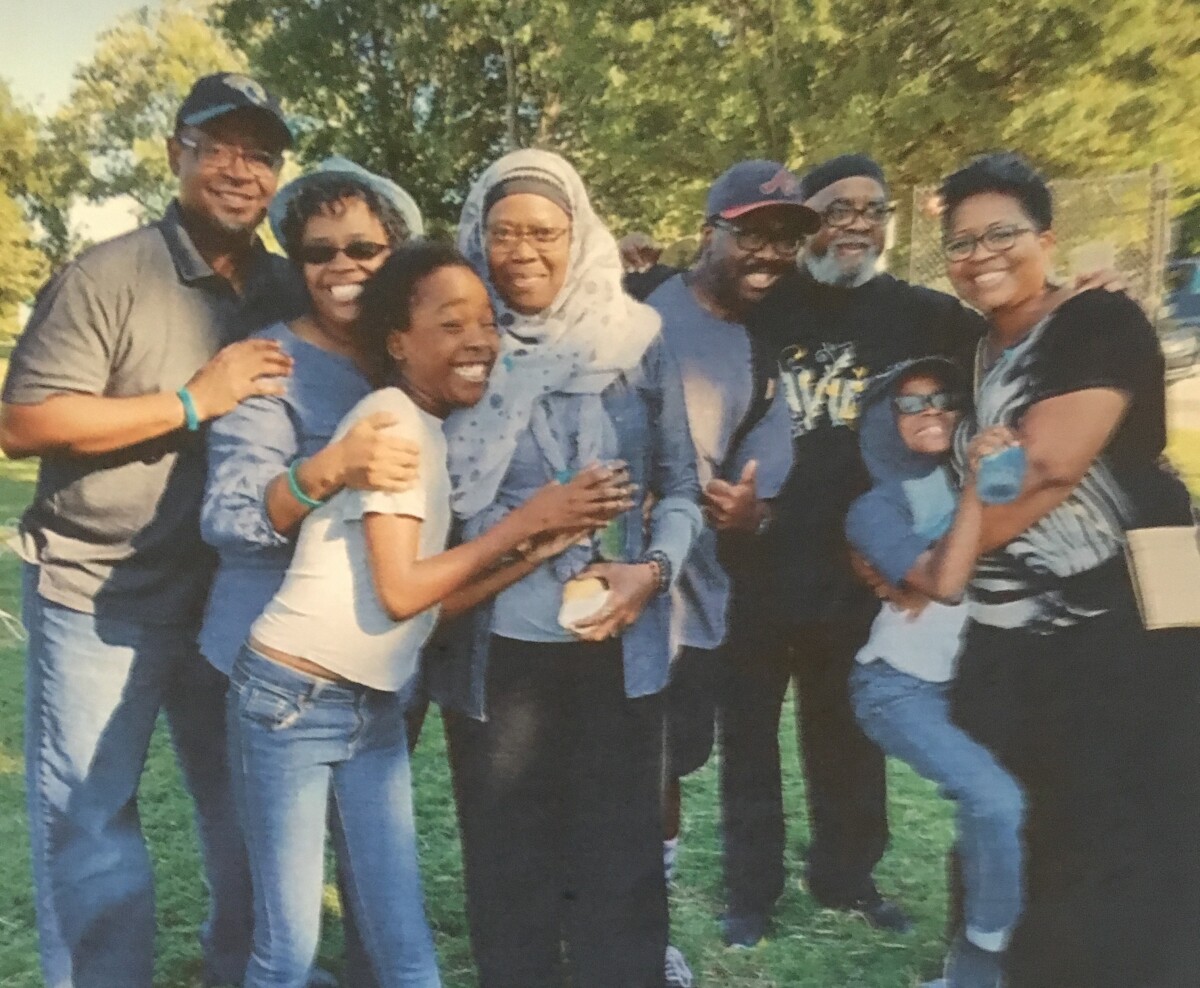
Historias: El Paso Black History
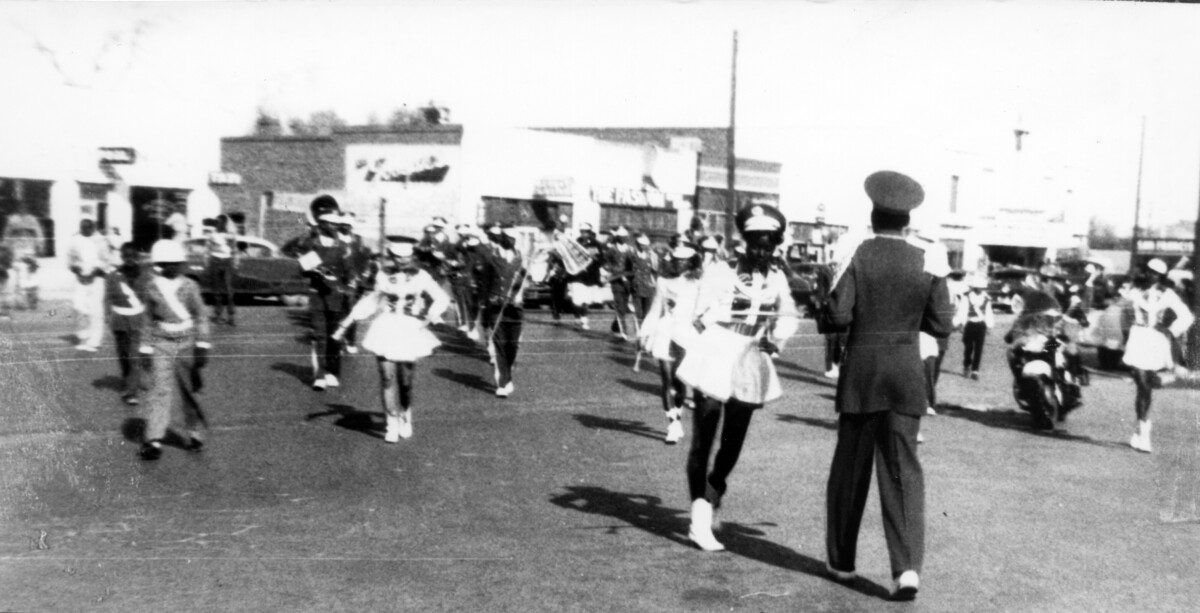
Historias: El Paso Black History
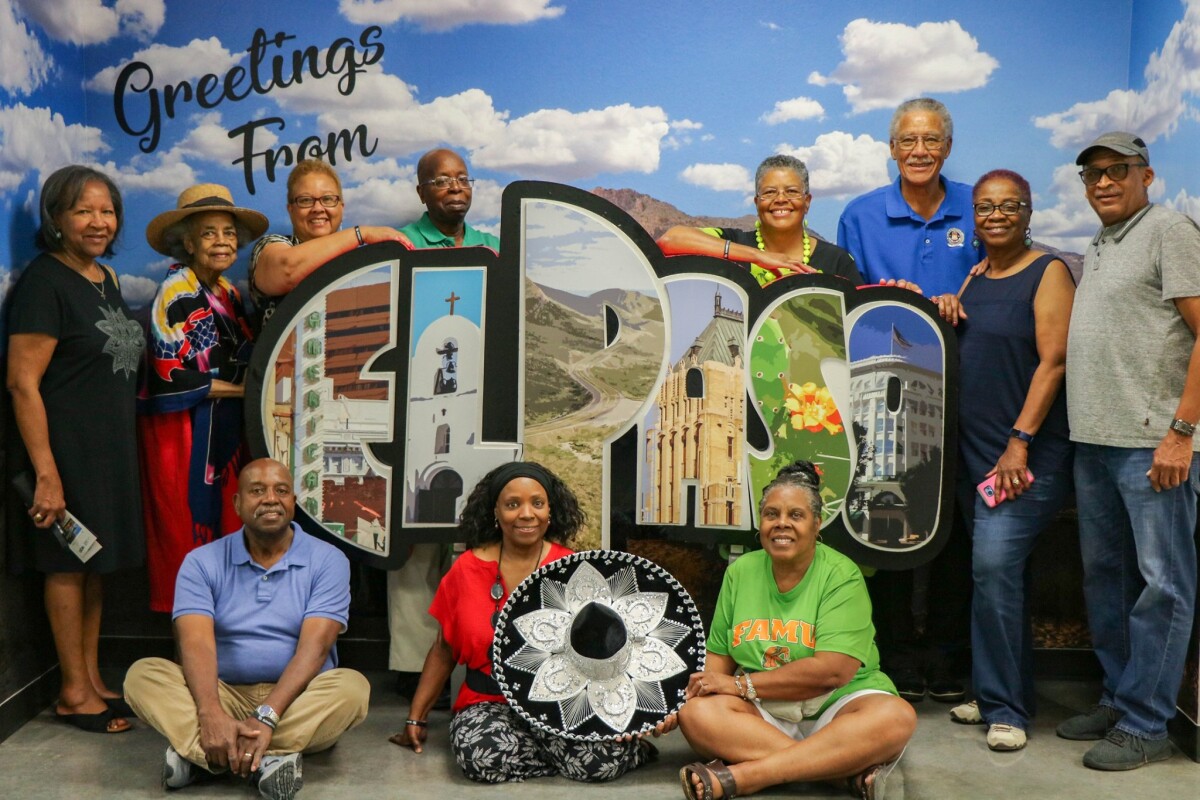
Historias: El Paso Black History
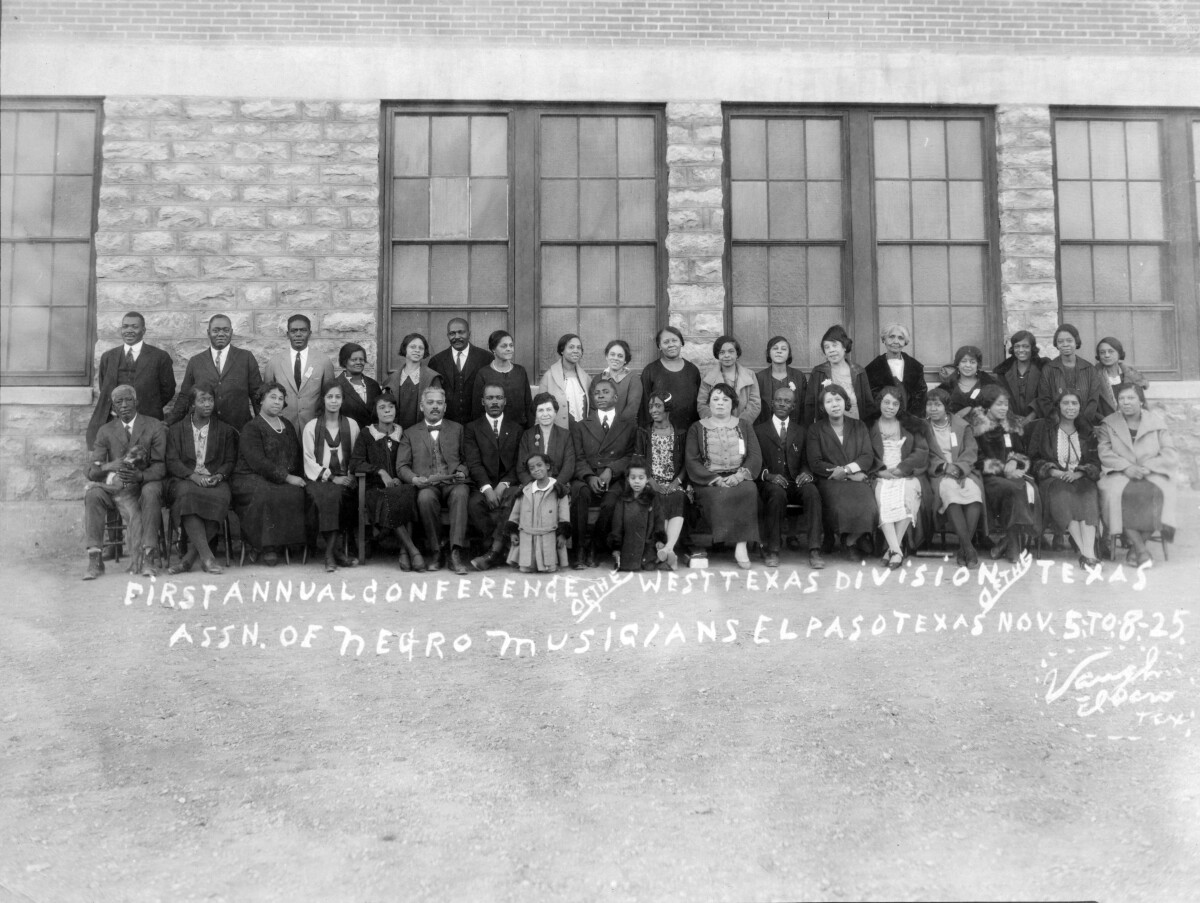
Historias: El Paso's Black History
The El Paso Museum of History invites the public to celebrate and honor African American peoples, culture, and heritage with the third installment of Historias: Stories of El Paso- El Paso’s Black History.
Historias is a virtual community curated exhibit of stories, memories of life, traditions, people, experiences and more told in the form of photographs, artwork, and oral histories. This installment of Historias complements the El Paso Museum of History’s current art installation, "Black Survival Guide, or How to Live Through a Police Riot" by Hank Willis Thomas and brought to us by Delaware Art Museum. "Black Survival Guide" was created on the 50 year anniversary of the occupation of Wilmington, D.E. in the wake of the assassination of Dr. Martin Luther King, Jr. Civil disturbances in Wilmington followed by a nine-month-long occupation by the National Guard left an indelible mark on the community. To complement this exhibit, the El Paso Museum of History has installed six QR codes throughout downtown and central El Paso to recognize sites of local Black history.
Support for this project is provided by Art Bridges as part of DelArt’s Black Survival Guide, or How to Live Through a Police Riot exhibit on display at the El Paso Museum of History through July 22, 2022. The Museum of History is located at 510 N Santa Fe Street, is free admission, and is open Wednesday through Saturday from 10 AM to 6 PM.
Area: Central / Downtown
Source: El Paso Museum of History
Uploaded by: El Paso Museum of History
Historias: El Paso's Black History
Places
Area: Central / Downtown
Source: El Paso Museum of History
Uploaded by: El Paso Museum of History
Mostafa Al-Azemmouri/Estevanico at Pioneer Plaza
You are at Historias: El Paso's Black History, Site #1: Mostafa Al-Azemmouri/Estevanico at Pioneer Plaza .
Born around 1500 in Azamor on the Atlantic coast of Morocco, Mostafa Al-Azemmouri (known more often by his Christian name Estevanico) is believed to be the first person of African descent to travel through the Southwest region. Al-Azemmouri was captured in Portugal and sold into Spanish slavery in his early 20s, eventually traveling with his master to present-day Tampa Bay, Florida in 1528. The conquest expedition arrived in North America with approximately 300 men but after just one year, only four—including Al-Azemmouri—remained. The four men spent several years as captives of Native American tribes, and Al-Azemmouri demonstrated an aptitude for communication, quickly picking up the Indigenous languages. When the men ultimately made their way back to Mexico City and the heart of the Spanish Colonial Empire, Al-Azemmouri was sold back into slavery to serve as an interpreter for the Spanish Empire. Due to his linguistic skill, Al-Azemmouri was often sent out ahead to communicate with Indigenous tribes. In 1539, on an conquest expedition north, Al-Azemmouri went out ahead of the main party and was killed by the A:shiwi village of Hawikku in western New Mexico.
Sources: “Estevanico” by Donald E. Chipman (from TSHA Online); African Americans in El Paso (Images of America) by Maceo Crenshaw Dailey Jr., Kathryn Smith-McGlynn, and Cecilia Gutierrez Venable; “(De)slaving history: Mostafa al-Azemmouri, the sixteenth-century Moroccan captive in the tale of conquest” by Lhoussain Simour
Support for this project is provided by Art Bridges as part of DelArt’s Black Survival Guide, or How to Live Through a Police Riot exhibit on display at the El Paso Museum of History through July 22, 2022. The Museum of History is located at 510 N Santa Fe Street, is free admission, and is open Wednesday through Saturday from 10 AM to 6 PM.
Commissioned from conceptual artist Hank Willis Thomas, Black Survival Guide is an innovative, participatory exhibition that draws attention to the "holes" in narrative history through the melding of words and pictures. To complement this exhibit, the El Paso Museum of History has installed six QR codes throughout downtown and central El Paso to recognize sites of local Black history.
Image Description:This image is a portrait drawing of Mostafa Al-Azemmouri. He is depicted holding a bag over his shoulder with both hands and wearing a cowboy hat. He gazes straight into the artist’s eyes and is giving the viewer a stern look. Mostafa Al-Azemmouri was most often known by his Christian name, Estevanico.
Area: Central / Downtown
Source: Sam Patrick, circa 1969
Uploaded by: El Paso Museum of History
Home of John & Mary Woods at Mesa & Mills
You are at Historias: El Paso's Black History, Site #2: Home of John & Mary Woods at Mesa & Mills.
John and Mary Woods were El Paso’s first Black entrepreneurs, building a network of prosperous businesses in the wake of the Civil War. Born in 1830 to slavery in Richmond, Virginia, John Woods came to El Paso sometime during the Civil War and was freed from slavery in 1865 when the war ended. The same year, Mr. Woods opened a blacksmith shop in El Paso and established his first successful business, including casting the bell that is still in use at Saint Clement’s Episcopal Church today. As his blacksmithing business grew, Mr. Woods began purchasing other land, eventually opening a bar on East Overland Street, boarding house, and grocery store on El Paso Street and operating a stagecoach line that ran from El Paso to Chihuahua City, Mexico. In addition to his own enterprises, Mr. Woods also worked as a constable at various times. During the 1870s, he met and married Mary Velar, a freed slave from Missouri, and in 1894, the two purchased an adobe home on 200 St. Louis St. and Utah St. (now known as Mesa Street and Mills Avenue, where the Park Tavern stands today). Just a few years later, in 1898, Mr. Woods told his wife that he was going to take care of some business in town and a few hours later was declared dead by the recently established El Paso Police Department. According to the police, Mr. Woods was heavily armed and threatened the policeman who shot him. However, neighbors stated that the policeman had shot Mr. Woods in the back and that he was neither armed nor drunk. Mrs. Woods lived in their Mesa and Mills home until her death in 1914. At the time of her death, Mrs. Woods was the wealthiest Black person in El Paso, and the property where Woods’ home was located—originally purchased for $3,500—was valued at $150,000. The couple did not have any children, and Mrs. Woods’ nephew, Allen Woods, served as the executor of the estate.
Sources: “John Woods” from Concordia Cemetery; “Mary Woods, Richest El Paso Negro, Dies” from the El Paso Times (Weekend Edition January 31 – February 1, 1914)
Support for this project is provided by Art Bridges as part of DelArt’s Black Survival Guide, or How to Live Through a Police Riot exhibit on display at the El Paso Museum of History through July 22, 2022. The Museum of History is located at 510 N Santa Fe Street, is free admission, and is open Wednesday through Saturday from 10 AM to 6 PM.
Commissioned from conceptual artist Hank Willis Thomas, Black Survival Guide is an innovative, participatory exhibition that draws attention to the "holes" in narrative history through the melding of words and pictures. To complement this exhibit, the El Paso Museum of History has installed six QR codes throughout downtown and central El Paso to recognize sites of local Black history.
Image Description: This photo shows a newspaper print from the weekend of January 31st- February 1st, 1914. The biggest headline of the newspaper says “Mary Woods, Richest El Paso Negro, Dies.” The subheading of the article reads Woman Who Was Born a Slave Leaves an Estate Worth $160,000”. The story is about Mary Woods and her life accomplishments in El Paso. The El Paso Herald also has various other stories in this photo, such as “Foreign Butter Makes Price Drop”.
Area: Central / Downtown
Source: El Paso Times
Uploaded by: El Paso Museum of History
Mary Woods Place of Residence - 200 St. Louis St. and Utah St. (now Mills and Mesa)
You are at Historias: El Paso's Black History, Site #2: Home of John & Mary Woods at Mesa & Mills.
John and Mary Woods were El Paso’s first Black entrepreneurs, building a network of prosperous businesses in the wake of the Civil War. Born in 1830 to slavery in Richmond, Virginia, John Woods came to El Paso sometime during the Civil War and was freed from slavery in 1865 when the war ended. The same year, Mr. Woods opened a blacksmith shop in El Paso and established his first successful business, including casting the bell that is still in use at Saint Clement’s Episcopal Church today. As his blacksmithing business grew, Mr. Woods began purchasing other land, eventually opening a bar on East Overland Street, boarding house, and grocery store on El Paso Street and operating a stagecoach line that ran from El Paso to Chihuahua City, Mexico. In addition to his own enterprises, Mr. Woods also worked as a constable at various times. During the 1870s, he met and married Mary Velar, a freed slave from Missouri, and in 1894, the two purchased an adobe home on 200 St. Louis St. and Utah St. (now known as Mesa Street and Mills Avenue, where the Park Tavern stands today). Just a few years later, in 1898, Mr. Woods told his wife that he was going to take care of some business in town and a few hours later was declared dead by the recently established El Paso Police Department. According to the police, Mr. Woods was heavily armed and threatened the policeman who shot him. However, neighbors stated that the policeman had shot Mr. Woods in the back and that he was neither armed nor drunk. Mrs. Woods lived in their Mesa and Mills home until her death in 1914. At the time of her death, Mrs. Woods was the wealthiest Black person in El Paso, and the property where Woods’ home was located—originally purchased for $3,500—was valued at $150,000. The couple did not have any children, and Mrs. Woods’ nephew, Allen Woods, served as the executor of the estate.
Sources: “John Woods” from Concordia Cemetery; “Mary Woods, Richest El Paso Negro, Dies” from the El Paso Times (Weekend Edition January 31 – February 1, 1914)
Support for this project is provided by Art Bridges as part of DelArt’s Black Survival Guide, or How to Live Through a Police Riot exhibit on display at the El Paso Museum of History through July 22, 2022. The Museum of History is located at 510 N Santa Fe Street, is free admission, and is open Wednesday through Saturday from 10 AM to 6 PM.
Commissioned from conceptual artist Hank Willis Thomas, Black Survival Guide is an innovative, participatory exhibition that draws attention to the "holes" in narrative history through the melding of words and pictures. To complement this exhibit, the El Paso Museum of History has installed six QR codes throughout downtown and central El Paso to recognize sites of local Black history.
Image Description: This photo shows a page from the 1905 El Paso City Directory, which has people’s names and their addresses. Here you can see Mary Woods and her nephew, Allen Woods, names and address highlighted in yellow. Their house located at 200 St. Louis Street. The ad from the directory is organized in alphabetical order with different ads for services mixed in between the names.
Area: Central / Downtown
Source: El Paso Museum of History
Uploaded by: El Paso Museum of History
San Jacinto Plaza looking across St. Louis (Mills)
This view from San Jacinto Plaza shows both the domed City Hall Building and the first of the County Courthouses located in the City of El Paso. The Hotel Orndorff can be seen on the far left of the image (was later replaced by the Cortez building).
Administrator Note: Across the street from the Hotel Orndorff, John and Mary Wood adobe residence is in view, located at 200 St. Louis St. and Utah St (now Mills Ave. and Mesa St., located where park and tavern is today).
John and Mary Woods were El Paso’s first Black entrepreneurs, building a network of prosperous businesses in the wake of the Civil War. Born in 1830 to slavery in Richmond, Virginia, John Woods came to El Paso sometime during the Civil War and was freed from slavery in 1865 when the war ended. The same year, Mr. Woods opened a blacksmith shop in El Paso and established his first successful business, including casting the bell that is still in use at Saint Clement’s Episcopal Church today. As his blacksmithing business grew, Mr. Woods began purchasing other land, eventually opening a bar on East Overland Street, boarding house, and grocery store on El Paso Street and operating a stagecoach line that ran from El Paso to Chihuahua City, Mexico. In addition to his own enterprises, Mr. Woods also worked as a constable at various times. During the 1870s, he met and married Mary Velar, a freed slave from Missouri, and in 1894, the two purchased an adobe home on 200 St. Louis St. and Utah St. (now known as Mesa Street and Mills Avenue, where the Park Tavern stands today). Just a few years later, in 1898, Mr. Woods told his wife that he was going to take care of some business in town and a few hours later was declared dead by the recently established El Paso Police Department. According to the police, Mr. Woods was heavily armed and threatened the policeman who shot him. However, neighbors stated that the policeman had shot Mr. Woods in the back and that he was neither armed nor drunk. Mrs. Woods lived in their Mesa and Mills home until her death in 1914. At the time of her death, Mrs. Woods was the wealthiest Black person in El Paso, and the property where Woods’ home was located—originally purchased for $3,500—was valued at $150,000. The couple did not have any children, and Mrs. Woods’ nephew, Allen Woods, served as the executor of the estate.
Sources: “John Woods” from Concordia Cemetery; “Mary Woods, Richest El Paso Negro, Dies” from the El Paso Times (Weekend Edition January 31 – February 1, 1914)
Image Description: This photo shows the view above San Jacinto Plaza looking southeast. There are many different ads for businesses shown in the picture on buildings, and there are multiple people sitting in the plaza as well as some on horse and carriage in the street.
Area: Central / Downtown
Source: El Paso County Historical Society
Reference ID: 021-1984-002.
Uploaded by: El Paso Museum of History
Gravestone of John and Mary Woods at Concordia Cemetary
You are at Historias: El Paso's Black History, Site #2: Home of John & Mary Woods at Mesa & Mills.
John and Mary Woods were El Paso’s first Black entrepreneurs, building a network of prosperous businesses in the wake of the Civil War. Born in 1830 to slavery in Richmond, Virginia, John Woods came to El Paso sometime during the Civil War and was freed from slavery in 1865 when the war ended. The same year, Mr. Woods opened a blacksmith shop in El Paso and established his first successful business, including casting the bell that is still in use at Saint Clement’s Episcopal Church today. As his blacksmithing business grew, Mr. Woods began purchasing other land, eventually opening a bar on East Overland Street, boarding house, and grocery store on El Paso Street and operating a stagecoach line that ran from El Paso to Chihuahua City, Mexico. In addition to his own enterprises, Mr. Woods also worked as a constable at various times. During the 1870s, he met and married Mary Velar, a freed slave from Missouri, and in 1894, the two purchased an adobe home on 200 St. Louis St. and Utah St. (now known as Mesa Street and Mills Avenue, where the Park Tavern stands today). Just a few years later, in 1898, Mr. Woods told his wife that he was going to take care of some business in town and a few hours later was declared dead by the recently established El Paso Police Department. According to the police, Mr. Woods was heavily armed and threatened the policeman who shot him. However, neighbors stated that the policeman had shot Mr. Woods in the back and that he was neither armed nor drunk. Mrs. Woods lived in their Mesa and Mills home until her death in 1914. At the time of her death, Mrs. Woods was the wealthiest Black person in El Paso, and the property where Woods’ home was located—originally purchased for $3,500—was valued at $150,000. The couple did not have any children, and Mrs. Woods’ nephew, Allen Woods, served as the executor of the estate.
Sources: “John Woods” from Concordia Cemetery; “Mary Woods, Richest El Paso Negro, Dies” from the El Paso Times (Weekend Edition January 31 – February 1, 1914)
Support for this project is provided by Art Bridges as part of DelArt’s Black Survival Guide, or How to Live Through a Police Riot exhibit on display at the El Paso Museum of History through July 22, 2022. The Museum of History is located at 510 N Santa Fe Street, is free admission, and is open Wednesday through Saturday from 10 AM to 6 PM.
Commissioned from conceptual artist Hank Willis Thomas, Black Survival Guide is an innovative, participatory exhibition that draws attention to the "holes" in narrative history through the melding of words and pictures. To complement this exhibit, the El Paso Museum of History has installed six QR codes throughout downtown and central El Paso to recognize sites of local Black history.
Image Descriptions:In this photo, the gravesite and headstone of Mary and John Woods is shown, located at Concordia Cemetery. The headstone is made of three different sizes of stone: two small stones on top of a triangle shaped stone with leaves and vines cut into it, which rests on top of a large square stone, which is on top of a small rectangle. The giant square stone in the middle has John and Mary’s names as well as their birth and death dates.
Area: Central / South Central
Source: El Paso Museum of History
Uploaded by: El Paso Museum of History
Dr. Lawrence Nixon and Drusilla Tandy Porter
You are at Historias: El Paso's Black History, Site # 3: Site of Dr. Nixon’s landmark 1924 vote at 2317 Texas Avenue.
On Saturday, July 26, 1924, Dr. Lawrence A. Nixon presented his poll tax receipt at 2317 Texas Avenue, the site of the Democratic Primary. The year before, the Texas State Legislature had passed a bill expressly forbidding Black Texans from voting in the Democratic Primary—an effort by the Republican Party to weaken the Democratic Party’s power in the state. As the site of the state’s first chapter of the National Association for the Advancement of Colored People (NAACP), El Paso was seen as the ideal Texas city in which in which to challenge the restrictions of the new bill due to its small but politically engaged Black population. With his high standing in the community, Dr. Nixon was chosen to be the one in whose name the suit would be filed. After he was inevitably turned away from voting on July 26, 1924, Dr. Nixon filed a suit that would eventually reach the Supreme Court. Though the Supreme Court decided unanimously in Dr. Nixon’s favor, the court’s opinion left open legal loopholes that allowed Texas to continue to prevent Black Texans from voting. In 1928, Dr. Nixon filed another suit that also went before the Supreme Court and despite a second favorable ruling from the nation’s highest court, Texas continued to use loopholes to restrict voting rights. Dr. Nixon would not vote in an El Paso primary until 1944 when the Supreme Court case Smith v. Allwright fully prohibited the exclusion of Black Texans from primaries.
Sources: Dr. Lawrence A. Nixon and the White Primary (Southwestern Studies) by Conrey Bryson
Support for this project is provided by Art Bridges as part of DelArt’s Black Survival Guide, or How to Live Through a Police Riot exhibit on display at the El Paso Museum of History through July 22, 2022. The Museum of History is located at 510 N Santa Fe Street, is free admission, and is open Wednesday through Saturday from 10 AM to 6 PM.
Commissioned from conceptual artist Hank Willis Thomas, Black Survival Guide is an innovative, participatory exhibition that draws attention to the "holes" in narrative history through the melding of words and pictures. To complement this exhibit, the El Paso Museum of History has installed six QR codes throughout downtown and central El Paso to recognize sites of local Black history.
Image Description: This photo shows Dr. Lawrence Nixon and Drusilla Tandy Porter standing together in front of the desert backdrop. Dr. Nixon is standing with his hands behind his back, looking at the camera with a small smile, and Ms. Porter has her arm through Dr. Nixon's arm, she is extending one leg slightly more than the other, and she is smiling at the camera.
Area: Central / Downtown
Source: Texas State Historical Association
Uploaded by: El Paso Museum of History
Site of Dr. Nixon’s landmark 1924 vote at 2317 Texas Avenue
You are at Historias: El Paso's Black History, Site # 3: Site of Dr. Nixon’s landmark 1924 vote at 2317 Texas Avenue.
On Saturday, July 26, 1924, Dr. Lawrence A. Nixon presented his poll tax receipt at 2317 Texas Avenue, the site of the Democratic Primary. The year before, the Texas State Legislature had passed a bill expressly forbidding Black Texans from voting in the Democratic Primary—an effort by the Republican Party to weaken the Democratic Party’s power in the state. As the site of the state’s first chapter of the National Association for the Advancement of Colored People (NAACP), El Paso was seen as the ideal Texas city in which in which to challenge the restrictions of the new bill due to its small but politically engaged Black population. With his high standing in the community, Dr. Nixon was chosen to be the one in whose name the suit would be filed. After he was inevitably turned away from voting on July 26, 1924, Dr. Nixon filed a suit that would eventually reach the Supreme Court. Though the Supreme Court decided unanimously in Dr. Nixon’s favor, the court’s opinion left open legal loopholes that allowed Texas to continue to prevent Black Texans from voting. In 1928, Dr. Nixon filed another suit that also went before the Supreme Court and despite a second favorable ruling from the nation’s highest court, Texas continued to use loopholes to restrict voting rights. Dr. Nixon would not vote in an El Paso primary until 1944 when the Supreme Court case Smith v. Allwright fully prohibited the exclusion of Black Texans from primaries.
Sources: Dr. Lawrence A. Nixon and the White Primary (Southwestern Studies) by Conrey Bryson
Support for this project is provided by Art Bridges as part of DelArt’s Black Survival Guide, or How to Live Through a Police Riot exhibit on display at the El Paso Museum of History through July 22, 2022. The Museum of History is located at 510 N Santa Fe Street, is free admission, and is open Wednesday through Saturday from 10 AM to 6 PM.
Commissioned from conceptual artist Hank Willis Thomas, Black Survival Guide is an innovative, participatory exhibition that draws attention to the "holes" in narrative history through the melding of words and pictures. To complement this exhibit, the El Paso Museum of History has installed six QR codes throughout downtown and central El Paso to recognize sites of local Black history.
Image Description:This photo shows the historical building where Dr. Lawrence A. Nixon challenged the restrictions of a new voting rights bill. The building is a Trost & Trost red brick multi-level structure. The first level has three arched double doorways, and the second level has a series of windows. In the front of the building stands a Ford Model T car with 2 men sitting in it and 2 others standing outside of it. There is a tree in the front of the building.
Area: Central / Downtown
Source: The East El Paso Fire Station (No. 5) in 1916, eight years after its construction. From El Paso Fire Department: A Pictorial History, 1882-1982 by Louis Lieggi.
Uploaded by: El Paso Museum of History
Good Neighbor Interpreter at 3330 East Missouri Avenue
You are at Historias: El Paso's Black History, Site #4: Good Neighbor Interpreter at 3330 East Missouri Avenue.
The Southwest Torch newspaper was founded by Marvin E. Williams in 1937 and was El Paso’s only Black-owned newspaper at the time. The newspaper was later renamed The Good Neighbor Interpreter, and focused on Black history and El Paso’s Black community with Leona Ford Washington serving as the editor. Washington was a noted Black leader in El Paso during the second half of the 20th century, helping to establish the McCall Neighborhood Center and serving numerous organizations including the Martin Luther King Committee, the annual Miss Black El Paso Southwest Scholarship Pageant, the Phillis Wheatley Chapter of El Paso, the NAACP, the El Paso Community Foundation Advisory Board, the Arts and Resources Board of El Paso, and the Planned Parenthood Board of El Paso. She was also a teacher at the segregated Douglass School. The Good Neighbor Interpreter was distributed in El Paso’s Central, East, Northeast, Lower Valley, and South neighborhoods as well as Las Cruces, New Mexico. At the time, the only other Black newspaper in distribution in El Paso was the national Pittsburgh Courier newspaper.
Sources: African Americans in El Paso (Images of America) by Dr. Maceo Crenshaw Dailey Jr., Kathryn Smith-McGlynn, and Cecilia Gutierrez Venable; “Leona Ford Washington” by UTEP Special Collections (from DIGIE.org)
Support for this project is provided by Art Bridges as part of DelArt’s Black Survival Guide, or How to Live Through a Police Riot exhibit on display at the El Paso Museum of History through July 22, 2022. The Museum of History is located at 510 N Santa Fe Street, is free admission, and is open Wednesday through Saturday from 10 AM to 6 PM.
Commissioned from conceptual artist Hank Willis Thomas, Black Survival Guide is an innovative, participatory exhibition that draws attention to the "holes" in narrative history through the melding of words and pictures. To complement this exhibit, the El Paso Museum of History has installed six QR codes throughout downtown and central El Paso to recognize sites of local Black history.
Image Description:This photo shows Leona Ford Washington. She is staring right at the camera and looking into the lens with a smile on her face. Her hair has a curl at the bottom of her hair and she is also wearing a necklace. Mrs. Washington was in charge of the NAACP here in El Paso Texas and she organized different experiences for the people of the African American community here in El Paso.
Area: Central / South Central
Source: C.L. Sonnichsen Special Collections, University of Texas at El Paso Library. Collection Name: Leona Washington Photograph Collection. Photo ID: PH033
Uploaded by: El Paso Museum of History
El Paso’s Black “Wallstreet” at Estine East Side Barber Shop
You are at Historias: El Paso's Black History, Site #5: El Paso’s Black “Wallstreet” at Estine East Side Barber Shop.
Concordia Village (now known as Lincoln Park) was one of the first neighborhoods where African Americans settled in El Paso, with early settlement driven by the railroad and military. Until the late 1950s, most of El Paso’s Black community lived predominantly in South and East Central El Paso, between Bowie High School and into the eastern border of Segundo Barrio. The area was a mix of El Paso’s Black and Mexican population. As many businesses outside the neighborhood upheld segregation or catered strictly to white audiences, the Black community built its own restaurants, clothing stores, drug stores, hotels, and other essential businesses; Alameda Avenue was a hub for El Paso’s businesses and entertainment. In the first half of the 20th century, local Black-owned businesses included Spiller Grocery Store, Sherrod Market, Joe Sheridan’s tailoring (314 South Oregon Street), Williams Drugstore (106 South Campbell), Donnell Drugstore, Purtle Tailoring Company (603 East San Antonio Street), and Fulmore Funeral Home. Some Black El Pasoans would also cross to Ciudad Juarez for shopping and entertainment as laws were more welcoming in Mexico.
In 1956, the Highway Act poured millions of federal dollars into states and cities in order to construct the Interstate system. While several different proposals for I-10 were considered, construction of new interstate ultimately ran through El Paso’s downtown, segmenting many of the Black community’s homes in and around Yandell from the businesses on Alameda. In the following years, El Paso’s Black community began to disperse and today resides mostly in the city’s Northeast.
Estine Davis’ East Side Barber Shop (106 North Piedras Street) remains as one of the last businesses still standing to represent El Paso’s historic Black neighborhood. Miss Estine, the proprietor, has worked at the location for 70 years.
Source: UTEP oral histories of Leona Ford Washington, Frances Hills, and Ruth Nash King; El Paso Times; https://www.elpasotimes.com/story/opinion/2018/03/01/how-we-celebrate-50-years-10/379438002/
Support for this project is provided by Art Bridges as part of DelArt’s Black Survival Guide, or How to Live Through a Police Riot exhibit on display at the El Paso Museum of History through July 22, 2022. The Museum of History is located at 510 N Santa Fe Street, is free admission, and is open Wednesday through Saturday from 10 AM to 6 PM.
Commissioned from conceptual artist Hank Willis Thomas, Black Survival Guide is an innovative, participatory exhibition that draws attention to the "holes" in narrative history through the melding of words and pictures. To complement this exhibit, the El Paso Museum of History has installed six QR codes throughout downtown and central El Paso to recognize sites of local Black history.
Image Description:This photo shows the freeway I-10 cutting through the predominately black neighborhood that used to reside in what is now Lincoln Park. In the distance you can see the mountains of Juarez and the skyline of El Paso’s downtown. This black and white photo shows the construction of the freeway, with the railroad tracks to the left and Missouri Ave. on the right.
Area: Central / South Central
Source: El Paso Times
Uploaded by: El Paso Museum of History
“Race Riot” at Oregon & Mills
You are at Historias: El Paso's Black History, Site #6: "Race Riot" at Oregon and Mills.
During World War II, an estimated 1.2 million Black men served the United States military, shipping off to fight for democracy abroad while still experiencing life as second-class citizens in their own country.
In El Paso, desegregation would not be formally start until 20 years later, and Black servicemen stationed at Fort Bliss were expected to attend separate USO events, receive separate services, and so on. As the war progressed, Black servicemen began to push back on some of the segregation laws in place—for example, sitting in the “whites only” section of El Paso streetcar even if there was space in the “colored” section. Tensions grew, leading to a “race riot” in Downtown El Paso.
From Wheresoever My People Chance to Dwell: “1943--A city so-called ‘race riot,’ in the aftermath of the posting of Black soldiers at Ft. Bliss for training and preparation for battle in Europe. Coming two days prior to the Juneteenth celebration, the Black troops rebelled owing to the imposition of segregation codes and denial of public services. Perhaps as many as 300 soldiers took part in a melee between Oregon St. and Mesa Avenue, leaving both a Black and White man dead.”
Source: Wheresoever My People Chance to Dwell by Dr. Maceo Dailey
Support for this project is provided by Art Bridges as part of DelArt’s Black Survival Guide, or How to Live Through a Police Riot exhibit on display at the El Paso Museum of History through July 22, 2022. The Museum of History is located at 510 N Santa Fe Street, is free admission, and is open Wednesday through Saturday from 10 AM to 6 PM.
Commissioned from conceptual artist Hank Willis Thomas, Black Survival Guide is an innovative, participatory exhibition that draws attention to the "holes" in narrative history through the melding of words and pictures. To complement this exhibit, the El Paso Museum of History has installed six QR codes throughout downtown and central El Paso to recognize sites of local Black history.
Image Description:This photo shows the El Paso street car driving around downtown. There is a sign at the back of the streetcar that reads “El Paso and Mexico.” People are seated inside the streetcar while a man and a conductor are standing on the rails on the side of the car. The black and white photo also shows the buildings of Downtown El Paso
Area: Central / Downtown
Source: El Paso Streetcar; https://www.crrma.org/streetcar
Reference ID: l Pas
Uploaded by: El Paso Museum of History
“Race Riot” at Oregon & Mills
You are at Historias: El Paso's Black History, Site #6: "Race Riot" at Oregon and Mills.
During World War II, an estimated 1.2 million Black men served the United States military, shipping off to fight for democracy abroad while still experiencing life as second-class citizens in their own country.
In El Paso, desegregation would not be formally start until 20 years later, and Black servicemen stationed at Fort Bliss were expected to attend separate USO events, receive separate services, and so on. As the war progressed, Black servicemen began to push back on some of the segregation laws in place—for example, sitting in the “whites only” section of El Paso streetcar even if there was space in the “colored” section. Tensions grew, leading to a “race riot” in Downtown El Paso.
From Wheresoever My People Chance to Dwell: “1943--A city so-called ‘race riot,’ in the aftermath of the posting of Black soldiers at Ft. Bliss for training and preparation for battle in Europe. Coming two days prior to the Juneteenth celebration, the Black troops rebelled owing to the imposition of segregation codes and denial of public services. Perhaps as many as 300 soldiers took part in a melee between Oregon St. and Mesa Avenue, leaving both a Black and White man dead.”
Source: Wheresoever My People Chance to Dwell by Dr. Maceo Dailey
Support for this project is provided by Art Bridges as part of DelArt’s Black Survival Guide, or How to Live Through a Police Riot exhibit on display at the El Paso Museum of History through July 22, 2022. The Museum of History is located at 510 N Santa Fe Street, is free admission, and is open Wednesday through Saturday from 10 AM to 6 PM.
Commissioned from conceptual artist Hank Willis Thomas, Black Survival Guide is an innovative, participatory exhibition that draws attention to the "holes" in narrative history through the melding of words and pictures. To complement this exhibit, the El Paso Museum of History has installed six QR codes throughout downtown and central El Paso to recognize sites of local Black history.
Image Descriptions:In this photo, a Black soldier is standing in front of rows of Black soldiers, one leg behind him as he stares straight at the camera. There are soldiers sitting down as well, watching what is going on. The soldiers standing up are watching the one soldier dance.
Area: Central / Downtown
Source: African Americans in El Paso Book by Cecilia Gutierrez Venable, Kathryn Smith-McGlynn, and Maceo Crenshaw Dailey, Jr
Uploaded by: El Paso Museum of History
Historias: El Paso's Black History
People
Area: Central / Downtown
Source: El Paso Museum of History
Uploaded by: El Paso Museum of History
Bernice Wiggins - El Paso, Texas
Bernice Love Wiggins was a poet during the Harlem Renaissance. Because of the death of her mother when she was five years old, she came to El Paso in 1903 to live with her aunt. Bernice attended Douglass High School and was encouraged by her teachers to pursue her writing. She died in 1936. Her self-published book "Tuneful Tales", was first published in 1925. The second printing in 2002 was very well recognized.
Image Description:In this photo a woman is standing in the center of the photograph on wooden steps in the front of a brick structure. She is wearing a light colored dress and black shoes while standing in front of a house. She is wearing a necklace and is giving the camera a gentle smile.
Area: Central / Chamizal
Source: C.L. Sonnichsen Special Collections, University of Texas at El Paso Library. Collection Name: Leona Washington Photograph Collection. Photo ID: PH033-1-35-4--BerniceWiggins.jpg.
Uploaded by: UTEP Library Special Collections
Howard Students Visit Franklin Park
Howard University students visit for their Alternative Spring Break to volunteer in the El Paso Community. They visited Franklin Mountains State Park with the first African American park ranger in El Paso. Date: 03/06/2022
Image Description:This picture shows students from Howard University visiting the Franklin Mountains State Park with the first Black park ranger in El Paso. The students are all smiling at the camera while standing or sitting at a rest area, although some you can’t tell if they are smiling because of their masks. The Franklin Mountains are in the background of the photo along with a blue sky with few clouds.
Area: Northeast / Franklin Mountains
Uploaded by: Ddanavall
Class of Douglass School in 1910s
Professor William Coleman (far right) posed with his class at Douglass School in the early 1900s. Georgia-born Coleman became a teacher of modern languages after graduating from Brown University in 1897, and eventually became principal of Douglass. The School had been organized by black families in 1883. It added a high school program in the 1890s. In the school year of 1899-1900, there were approximately 87 students attending Douglass; by the following year, the number had increased to 122. In 1920, the School moved to its current location on Eucalyptus Street. The school became both a place to learn and a social center for black families until El Paso public schools were desegregated in 1956.
The School was named after Frederick Douglass (1817-1895), who escaped slavery and devoted his life to the abolition movement and black rights in the United States.
Image Description: This photo is a class photo of Douglass School in the early 1900s. Professor Coleman is standing to the far right of the photo, and he is standing by his many students. The whole class is standing in front of the Douglass School, which was organized by black families so they would have a place for their children to go to school.
Area: Central / South Central
Source: C.L. Sonnichsen Special Collections, University of Texas at El Paso Library. Collection Name: Leona Washington Photograph Collection. Photo ID: PH033-2-3-5.jpg.
Uploaded by: UTEP Library Special Collections
Honoring Black History Month
In 2021, KTSM News Channel 9 hosted a Black History Month segment to share prominent and inspiring Black stories in the Borderland. The special, one of the first of its kind featured panelists Mr. Raymond Cartwright, Sr., Tamieka Henry, and Dr. Ogechika Alozie. J Russell hosted the segment and asked the panel for invaluable insight on topics such as the Black experience in El Paso, microaggressions, COvID vaccines in the Black community, and more.
Support for this project is provided by Art Bridges as part of DelArt’s Black Survival Guide, or How to Live Through a Police Riot exhibit on display at the El Paso Museum of History through July 22, 2022. The Museum of History is located at 510 N Santa Fe Street, is free admission, and is open Wednesday through Saturday from 10 AM to 6 PM.
Commissioned from conceptual artist Hank Willis Thomas, Black Survival Guide is an innovative, participatory exhibition that draws attention to the "holes" in narrative history through the melding of words and pictures. To complement this exhibit, the El Paso Museum of History has installed six QR codes throughout downtown and central El Paso to recognize sites of local Black history.
Image Description:In this photo, there are four individuals standing in KTSM’s news room, two to the far left standing and two to the far right sitting. From left to right stands Raymond Cartwright, Sr., Dr. Ogechika Alozie, J Russel (news anchor) and Tamieka Henry. All the people in the photo are staring right into the camera and smiling. Cartwright (first from left) and J Russel (second from right) are both wearing black suits with red ties. Dr. Alozie (second from left) is wearing a light grey suit. Henry (first from right) is wearing a black blazer with a brown turtle neck underneath/
Area: Central / Downtown
Source: Tamieka Henry
Uploaded by: El Paso Museum of History
C.S. "Dusty" Rhodes addressing the NAACP in El Paso in 1990
Dusty Rhodes addressed the El Paso branch of the NAACP (National Association for the Advancement of Colored People) in 1990.
Mr. C. S. "Dusty" Rhodes arrived at Fort Bliss in 1973 and retired two years later as a lieutenant colonel after 22 years in the Army and with four Bronze Stars and a Purple Heart. He served as the East Side representative on the El Paso City Council from 1993 to 1997, was a director of the El Paso Black Chamber of Commerce and the Greater El Paso Chamber of Commerce, and co-chaired the McCall Advisory Committee. He also participated in the Center Chapel I at Fort Bliss, co-chaired the Kappa-Coors Golf Tournament, and served as a member of the airport board of directors. Appointed by Governor Rick Perry in 2004, Mr. Rhodes also served on the Texas Veterans Land Board and the Texas Commission on Private Security.
The NAACP was founded nationally in 1909. Its principal objective is to ensure the political, educational, social and economic equality of minority group citizens of United States and eliminate race prejudice. The NAACP seeks to remove all barriers of racial discrimination through the democratic processes. The organization also fights as a legal advocate.
El Paso was the first branch of the NAACP in Texas, beginning in 1914, and initiated three Supreme Court cases along with Dr. Lawrence Nixon to end the white primary in Texas.
The NAACP's most noted chartering member in El Paso is Dr. Lawrence Aaron Nixon (1884-1966), black physician and voting-rights advocate. After ten lynchings of black men in Texas in 1909, Nixon decided to become a civil-rights advocate. He then moved to El Paso, where he established a successful medical practice, helped organize a Methodist congregation, voted in Democratic primary and general elections, and in 1910 helped to organize the local chapter of the National Association for the Advancement of Colored People.
In 1924 NAACP Field Secretary William Pickens visited El Paso and announced that the NAACP intended to test the constitutionality of the Terrell Law. The Terrell Law was passed in 1923 by the Texas Legislature which stated “In no event shall a Negro be eligible to participate in a Democratic primary election…in…Texas.” On July 26, 1924, with the sponsorship of the NAACP, Nixon took his poll-tax receipt to a Democratic primary polling place and was refused a ballot. Thus began a twenty-year struggle in which Nixon and his El Paso attorney, Fred C. Knollenberg, twice carried their case to the United States Supreme Court. Nixon won his cases and today they are regarded as major steps toward voting rights. However, there were legal loopholes under which the state and the Democratic party continued to deny primary votes to blacks. It was not until 1944 that Nixon and his wife were able to vote for the first time.
Image Description: In this photo, Mr. C.S. “Dusty” Rhodes is addressing the crowd at an El Paso meeting of the NCAAP chapter here. Mr. Rhodes is up on a podium talking, and the crowd is attentive to his presence.
Area: Central / South Central
Source: C.L. Sonnichsen Special Collections, University of Texas at El Paso Library. Collection Name: Leona Washington Photograph Collection. Photo ID: PH033-2-21-1.jpg.
Uploaded by: UTEP Library Special Collections
1965–66 Texas Western Miners basketball team
The image shows the 1965–66 Texas Western Miners basketball team. Front row (from left to right): Bobby Joe Hill, Willie Worsley. Second row (from left to right): Dick Myers, Louis Baudoin, David Lattin, Nevil Shed, Harry Flournoy, Jerry Armstrong, Willie Cager, Togo Railey, David Palacio, Orsten Artis.
The 1965–66 Texas Western Miners basketball team made history by winning the 1966 NCAA Men's Division I Basketball Tournament. Coach Don Haskins lined up an all-black team, which defeated the favored Kentucky Wildcats (a team that was all-white) 72-65 in the historic championship game, played at Cole Field House in College Park, Maryland on March 19, 1966. No major-college team had ever started five black players in an NCAA championship game, which is why this game is considered one of the most important ones in the history of college basketball.
The civil rights movement to end discrimination against blacks was in full swing. Although institutional racial segregation was outlawed since 1954, it was still common to find all-white college sports teams, particularly in the South.
Texas Western University (now UTEP) was little known outside the Southwest and additionally, in 1966, American cultural and sporting mythology insisted at least one white starter was necessary for success. Although never having watched the Miners play, some sportswriters supported those racist prejudices. The legendary coach of Kentucky, Adolph Rupp, had even vowed five blacks would never beat his team.
Consequently, the team faced many issues because of their color: Not only the Kentucky team was all-white, but also the crowd was white, so were the NCAA officials, the referees, the coaches, the cheerleaders and almost all the sportswriters on press row. After their win, no one brought out a ladder for them to cut down the net. Nevil Shed had to hoist up Willie Worsley so he could do the honors.
The win soon grew into a symbol for blacks' breakthrough into college sports. After the 1966 championship, college teams throughout the South began aggressively recruiting black athletes. All-white leagues like the Atlantic Coast Conference, Southwestern Conference and Southeastern Conference became integrated within the next two years.
Adolph Rupp, a very successful coach, never got over the defeat. He blamed it on different things, and even accused the Texas Western team of cheating.
Don Haskins (1930-2008) coached the Miners from 1961 to 1999 when he retired. Nicknamed “The Bear”, he led the Miners to 719 wins, as well as a national title (1966), 14 NCAA Tournament appearances and seven Western Athletic Conference championships. He has tutored numerous players who have gone on to play in the NBA (e.g. Antonio Davis, Tim Hardaway, Jim Barnes). Haskins always said that color of skin was never an issue but he wanted to start his best players. While blacks couldn't play at most Southern and Southwestern schools in the mid-1960s, Haskins welcomed them at Texas Western, recruiting them from New York City, Detroit and Gary, Ind. The head coach was inducted into the Naismith Memorial Basketball Hall of Fame in 1997, and the Jim Thorpe Association Oklahoma Sports Hall of Fame in 1999.
The championship team of 1966 was inducted into the Naismith Memorial Basketball Hall of Fame in 2007 and inspired the book and film Glory Road. It consisted of seven black players, four whites and one Hispanic.
Image Description: In this black and white photo, the Texas Western Basketball Team are standing shoulder to shoulder and smiling at the camera for a team photo. There are 2 players are kneeling in the front of the photo while 10 other players pose standing. They are all wearing tank tops with "Texas Western" embroidered along with their respective player number, shorts, long white socks and white sneakers.
Area: Central / University
Source: C.L. Sonnichsen Special Collections, University of Texas at El Paso Library. Collection Name: MS001. Photo ID: MS001-66basketball-folder2-04.
Uploaded by: UTEP Library Special Collections
Henry O. Flipper, 1856 - 1940
Henry Ossian Flipper, engineer, the first black graduate of West Point, the eldest of five sons of Festus and Isabella Flipper, was born a slave at Thomasville, Georgia, on March 21, 1856. He attended school at the American Missionary Association, and in 1873, as a freshman at Atlanta University, he was appointed to the United States Military Academy. Although Flipper was the fifth black accepted to West Point, he was the first to graduate. At West Point he was often ostracized and had little social interaction with white cadets beyond official activities. He graduated fiftieth in a class of seventy - six on June 14, 1877, and accepted a commission as a second lieutenant.
In 1881, while serving as commissary, Flipper discovered post funds missing from his quarters and attempted to conceal the loss until he could find or replace the money. The missing funds were part of what Flipper suspected “a systematic plan of persecution,” a plot by white officers to force him from the army. The following year, when Col. William Rufus Shafter learned of the discrepancy, Flipper was court martialed. Although Flipper was acquitted of embezzlement, he was found guilty of "conduct unbecoming an officer and a gentleman" and was dismissed from the service on June 30, 1882. Until his death, Flipper maintained his innocence and waged a lifelong battle for reinstatement in the army. However, President Chester A. Arthur made a final confirmation of the verdict on June 24, 1882 which was rescinded in 1976 by the Department of the Army.
Despite a rocky start, Flipper went on to have an illustrious career. Flipper went to El Paso after his army dismissal and remained there until 1883; returning once again in 1912. He opened a civil and mining engineering office in Nogales, Arizona, published translations of U.S. and Mexican mining and tax laws. By 1893, Flipper became pivotal witness for the US in the Nogales de Elias Land Grant case, which saved the property of hundreds of land owners and also served as a special agent for the United States Court of Private Land Claims. Thereafter, Flipper worked as an engineer and legal assistant in Northern Mexico, and eventually became an assistant to the Secretary of the Interior as a translator and interpreter in 1921. His final years (1931-1940), after working in Venezuela as an engineer, were spent in retirement in Atlanta, Georgia. Flipper died May 3, 1940 from a heart attack. Later, in 1976, a bust of Flipper was unveiled at West Point and he was posthumously granted an honorable discharge, dated June 30, 1882. Presently, an annual West Point award in honor of Flipper is presented to the graduate who best exemplifies "the highest qualities of leadership, self-discipline, and perseverance in the face of unusual difficulties while a cadet."
Image Description:In this black and white photo, the main subject of the photograph is positioned in the center for a portrait. He is a young African American man, his hair parted down the middle, and stares into the camera with a stern expression. He is wearing a light colored military jacket with button clasps all throughout the chest and torso. He is in a relaxed position and is leaning his left arm, bent at the elbow on the edge of a loveseat or couch.
Area: Central / Downtown
Source: Library of Congress
Uploaded by: El Paso Museum of History
Historias: El Paso's Black History
Traditions
Area: Central / Downtown
Source: El Paso Museum of History
Uploaded by: El Paso Museum of History
McCall Neighborhood Center, El Paso, TX, circa 1985
The McCall Neighborhood Center was the home of Marshall McCall and Olalee McCall. Marshall McCall was the first black mail carrier in El Paso. His wife was an English teacher at Douglass School, the only school for blacks in El Paso until 1956. In 1937, she became the first female high-school principal in the El Paso Independent School District. The McCalls built their home at 3231 East Wyoming Avenue out of stone and rock. The sturdy structure and property was purchased in 1985 by the city, and it became the McCall Neighborhood Center. The building has been expanded and is home to a historical marker for Henry O. Flipper and Dr. Lawrence Nixon. It also has a historical Buffalo Soldiers exhibit, a Douglass School room, a library full of African-American history books and a variety of displays chronicling the history of the African-American community in El Paso. The historic building is the community center of the African American community.
Image Description:In this black and white photo, a stone home structure is pictured in the center. It has terracotta roofing and a black iron fence around it. The house is on the street corner of Wyoming. In the background, the mountains are seen in view, and in the foreground there are trees and shrubs surrounding the building.
Area: Central / Five Points
Source: C.L. Sonnichsen Special Collections, University of Texas at El Paso Library. Collection Name: Leona Washington Photograph Collection. Photo ID: PH033-2-19-3.jpg.
Uploaded by: UTEP Library Special Collections
Martin Luther King Celebration - 2016
Board Of Directors - left to right: Anna Harris Howell (President), Donald L. Williams (First Vice President), Gregg Davis (Second Vice President), Raymond Cartwright (Treasurer), Doris Taylor (Board Member), Joyce Yellock (Secretary), Barbara Byrd (Manager), and Wade Hampton (Past President). The McCall Neighborhood Center is the epicenter meeting and gathering place for El Paso’s small but prominent African American Community. Located in the historic home of Marshall and Olalee McCall, the newly expanded complex houses a museum, gift shop, archives, and photographic collection on local and national Black History. The Center’s many sponsored programs are designed to serve neighborhood, community, and city-wide interests and needs. Admission is Free. McCall Neighborhood Center 3231 E. Wyoming Ave El Paso, TX 79903 915-566-2407
Area: Central / Five Points
Source: EPMH
Uploaded by: El Paso Museum of History
Douglass School Float during Sun Bowl Parade
The image shows the "Pennsylvania" school float of Douglass School during a Sun Bowl Parade. It was probably taken between 1925 and 1940. Douglass School was organized by black families in 1883. It added a high school program in the 1890s. In 1920, the School moved to its current location on Eucalyptus Street. The school became both a place to learn and a social center for black families until El Paso public schools were desegregated in 1956. The School was named after Frederick Douglass (1817-1895), who escaped slavery and devoted his life to the abolition movement and black rights in the United States.
Area: Central / El Paso High
Source: C.L. Sonnichsen Special Collections, University of Texas at El Paso Library. Collection Name: Leona Washington Photograph Collection. Photo ID: PH033-2-23-1.jpg
Uploaded by: UTEP Library Special Collections
Morgan Family - 2017
David T Howard Picnic with Family McCarthy, Margaret, Ahmad, Saleemah, Savannah, Darrick, Tanu, Nathan
Area: Out of Area / Out of Area
Source: McCarthy Morgan
Uploaded by: McCarthy Morgan
Douglass School in Sun Carnival Parade
The band and baton twirlers from Douglass School are seen in the Sun Carnival Parade. This parade is an annual event in El Paso and attracts many participants and sightseers. The parade's members of the court, including queens, kings, princesses, and duchesses, are later presented at the Liberty Hall Stage. The image probably dates from the 1940s. Since 1936, New Years in El Paso has been rung in by the Sun Carnival Parade and Sun Bowl football game. While the main focus is on the parade and the Sun Bowl football game, the Sun Carnival encompasses a host of civic and sporting events that includes pageants and balls, and tennis and basketball tournaments.
Area: Central / El Paso High
Source: C.L. Sonnichsen Special Collections, University of Texas at El Paso Library. Collection Name: Leona Washington Photograph Collection. Photo ID: PH033-2-23-4.jpg.
Uploaded by: UTEP Library Special Collections
"Return To Our El Paso Roots Homecoming" 2019 Reunion
Former students and descendants of Douglass School, El Paso's historic grammar and high school.
Area: Central / Downtown
Source: El Paso Museum of History
Uploaded by: El Paso Museum of History
Association of Negro Musicians Conference, El Paso, TX 1925
The First Annual Conference of the West Texas Division of the Texas Association of Negro Musicians met in the fall of 1925 and grouped themselves along the side of Douglass School. Included in the picture are Alice McGowan, Blanche Bonner, and Millie Bates, along with Professor Coleman. Douglass School was organized by black families in 1883. It added a high school program in the 1890s. in 1920, the School moved to its current location on Eucalyptus Street. The school became both a place to learn and a social center for black families until El Paso public schools were desegregated in 1956. The School was named after Frederick Douglass (1817-1895), who escaped slavery and devoted his life to the abolition movement and black rights in the United States.
Area: Central / Chamizal
Source: C.L. Sonnichsen Special Collections, University of Texas at El Paso Library. Collection Name: Leona Washington Photograph Collection. Photo ID: PH033--2-26-1.jpg.
Uploaded by: UTEP Library Special Collections
Report this entry
More from the same community-collection
Dia de San Juan - El Paso, Texas
Boys wrestling in the grass and getting wet for John the Baptist ...
Cousins at Alamito Projects, El Paso, Texas circa 1975
Alamito Projects with cousins,Fernie, Hugo, and Fernando, in ...
Hanging Around, Keeping it Cool
Alamito Projects in El Paso, Texas five girls posing, Lola, Ema, ...
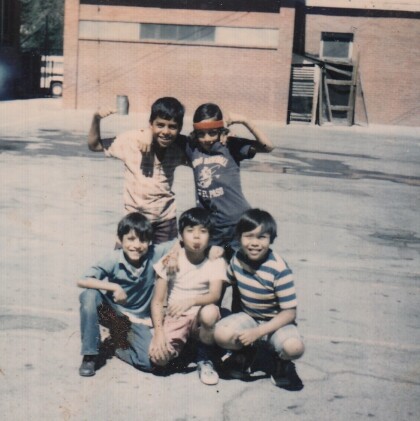
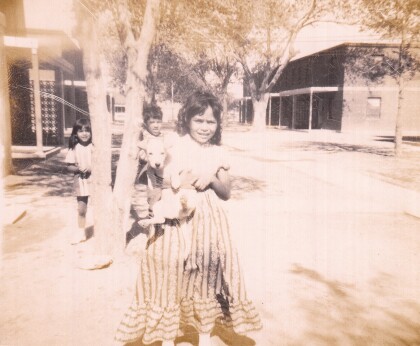
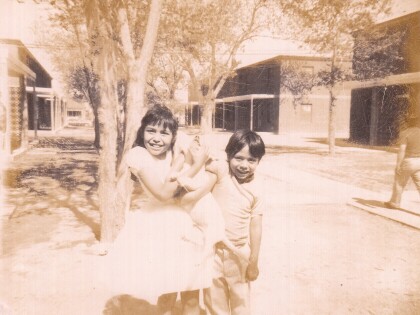
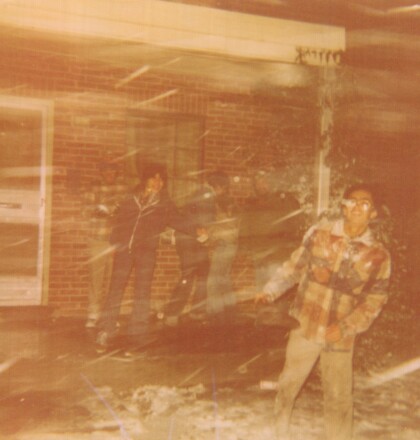
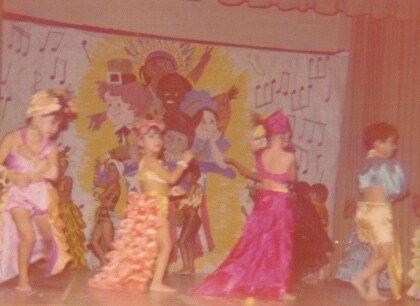
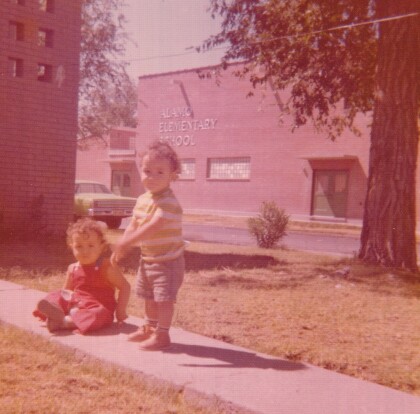
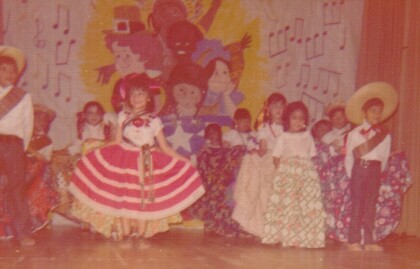
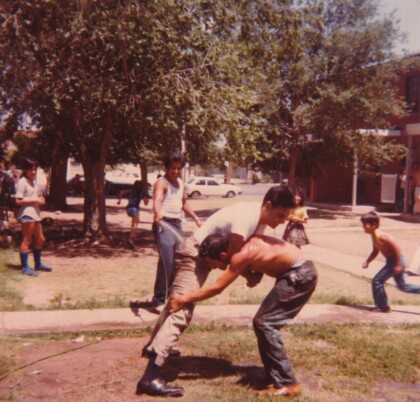
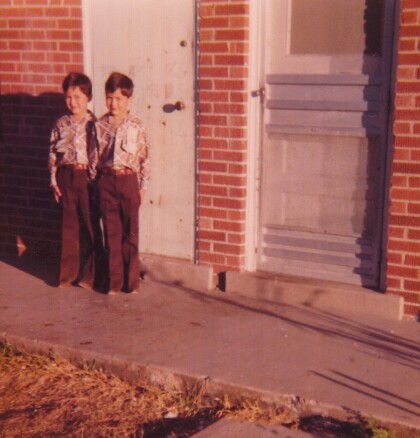
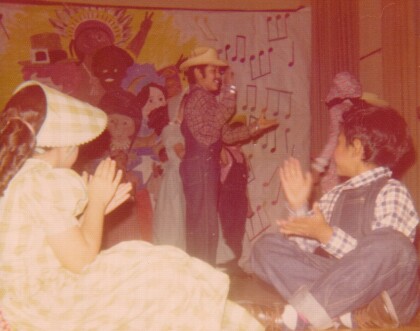
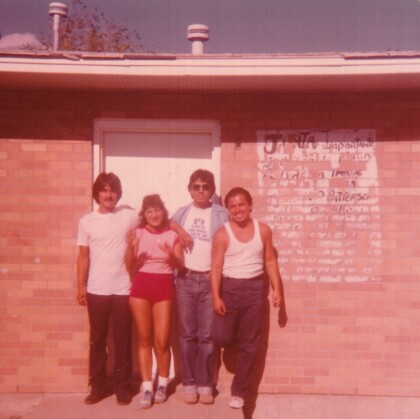
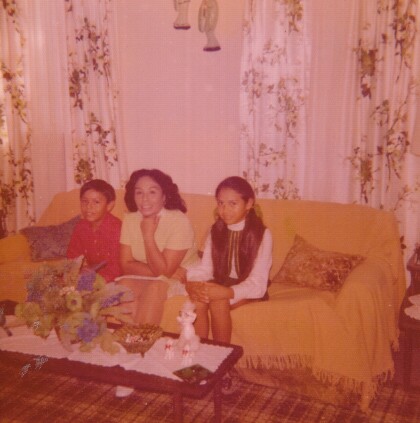
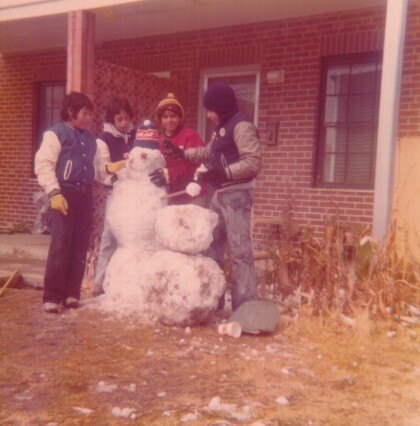
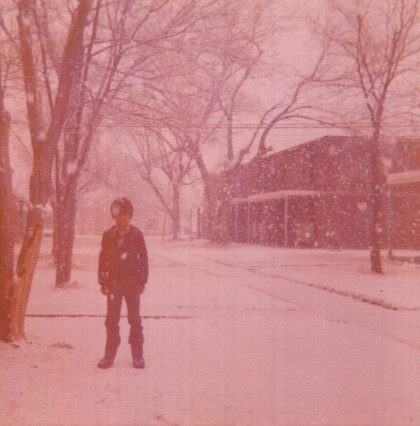
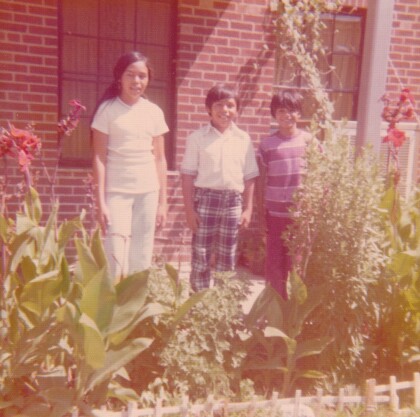
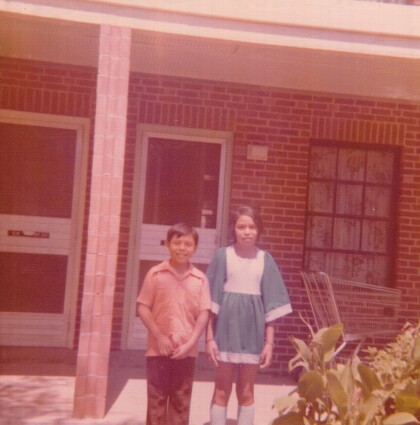
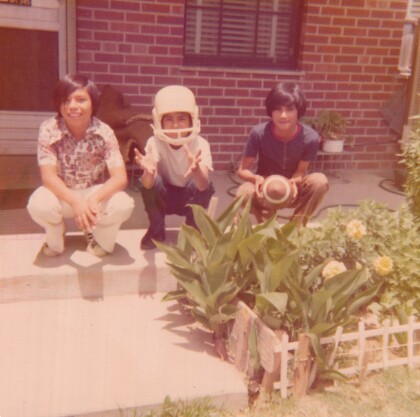
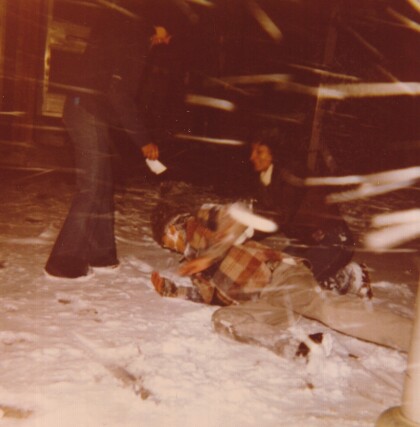
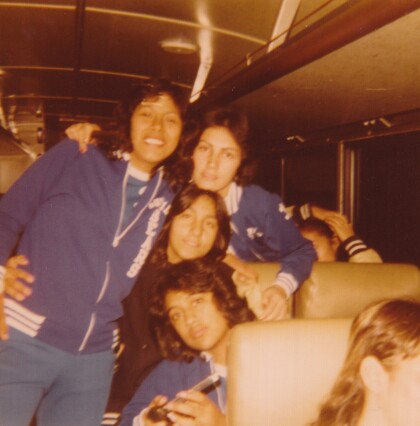
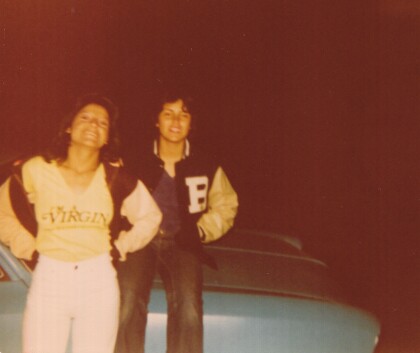
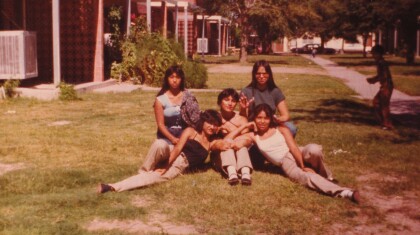
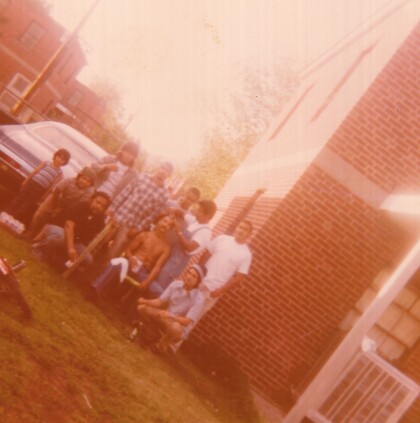
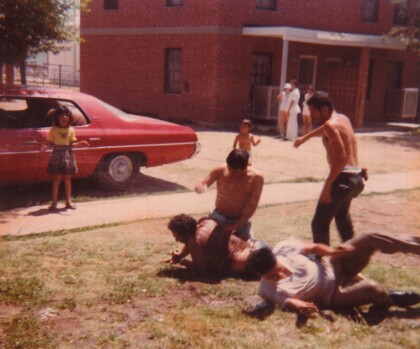
Comments
Add a comment